
 (The Bernkasteler Doctor – the most famous vineyard in Germany)
(The Bernkasteler Doctor – the most famous vineyard in Germany)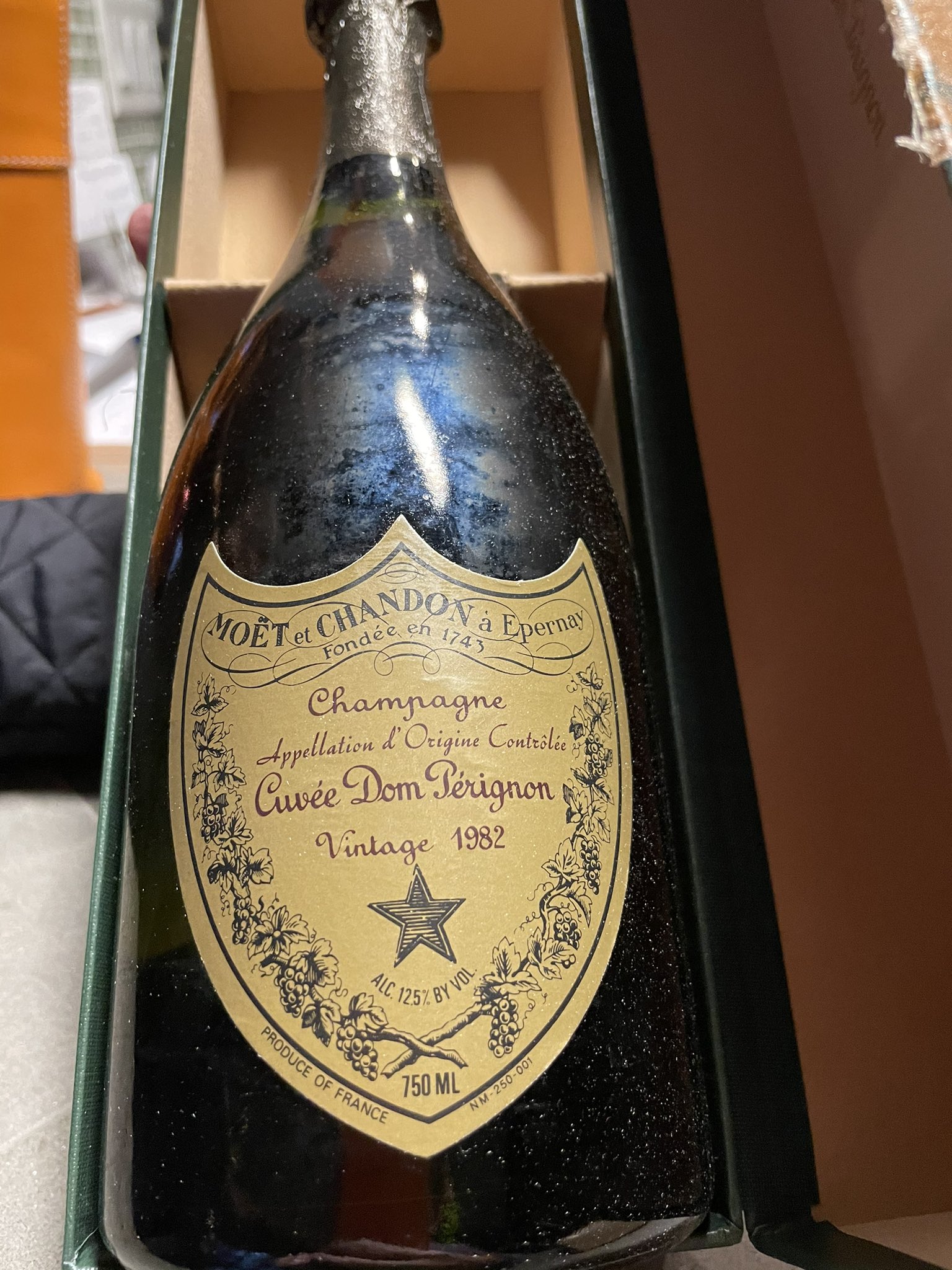 (Champagne: In victory you deserve it; in defeat you need it. – Napoleon)
(Champagne: In victory you deserve it; in defeat you need it. – Napoleon)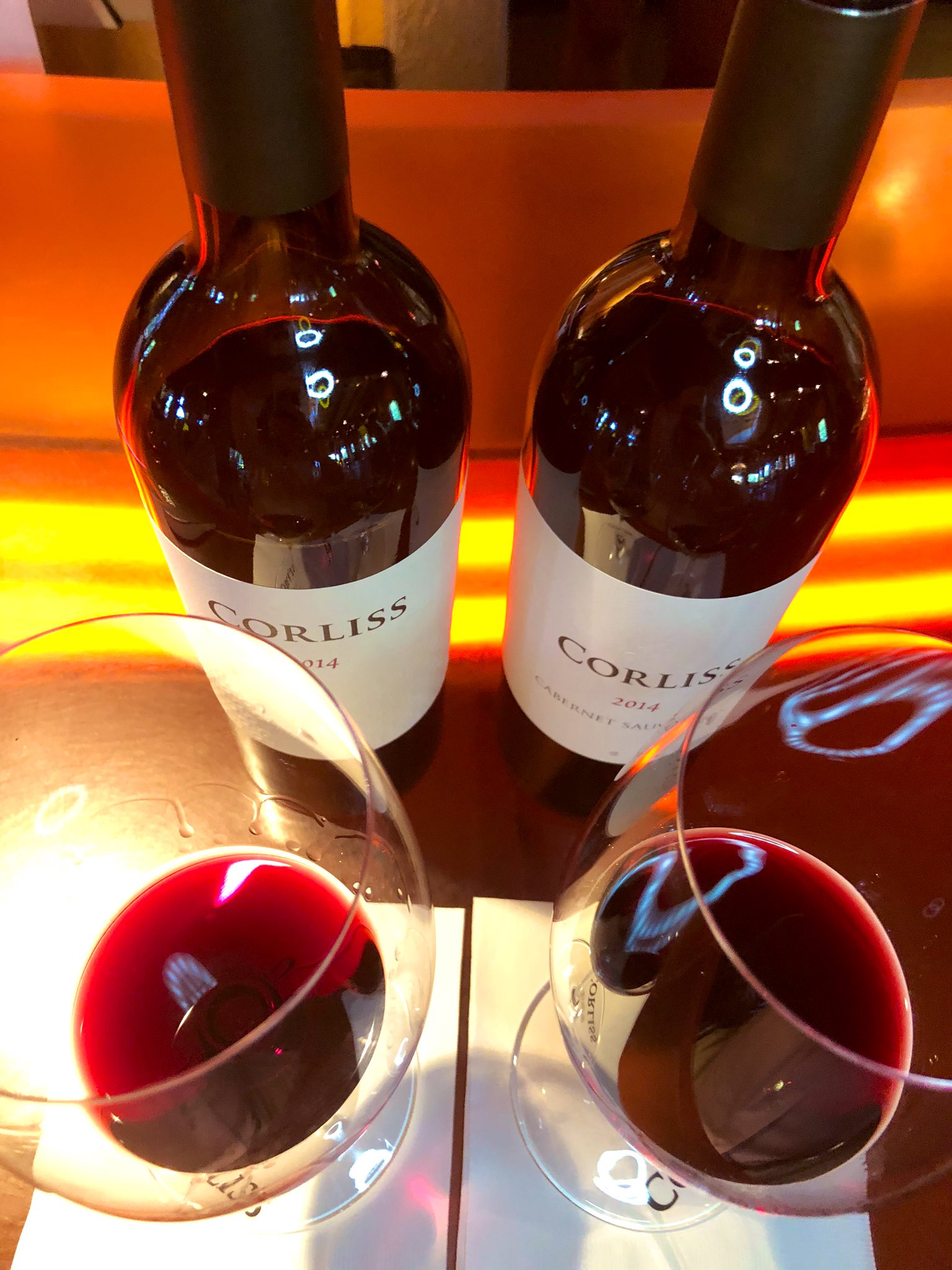
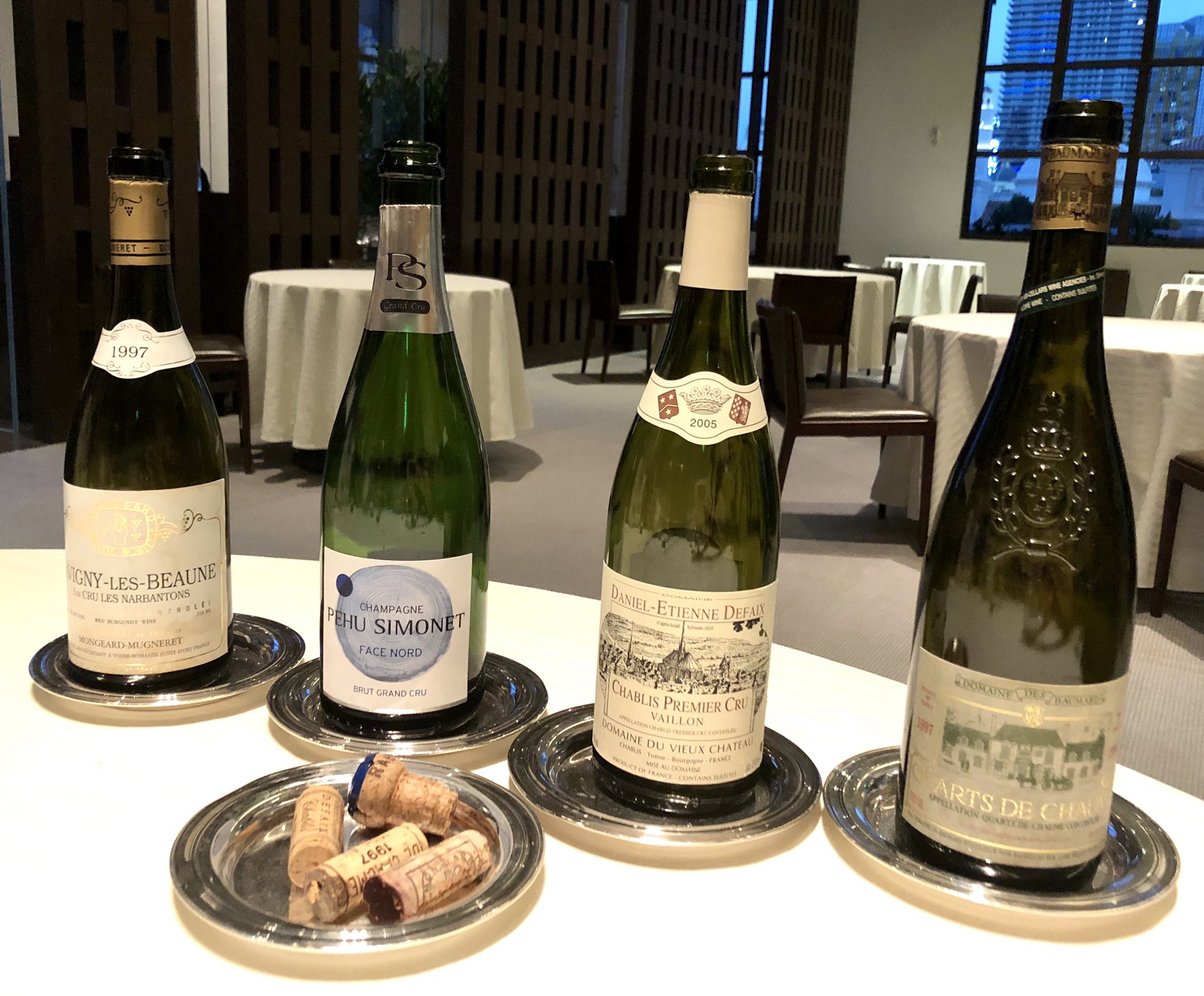
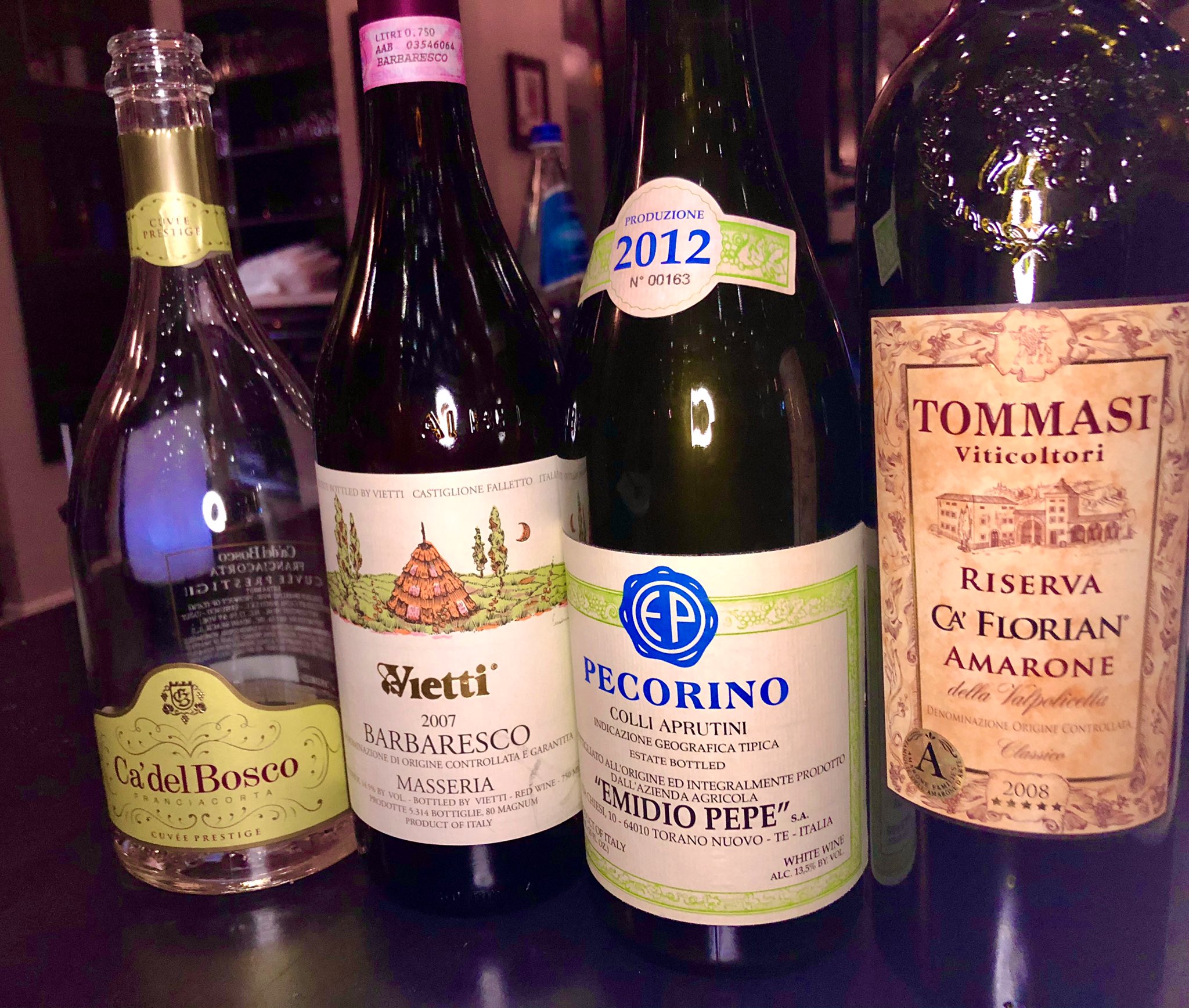
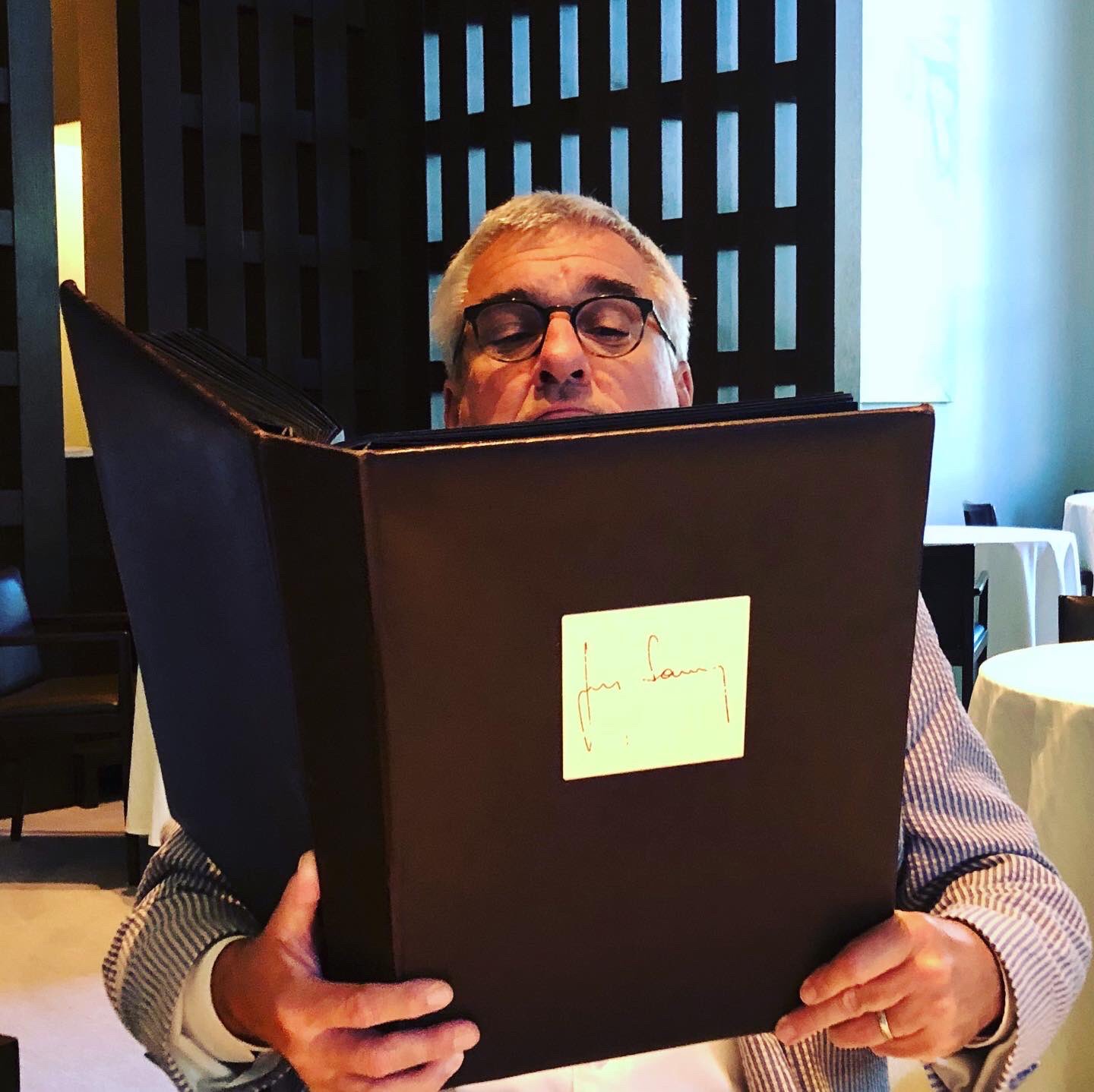
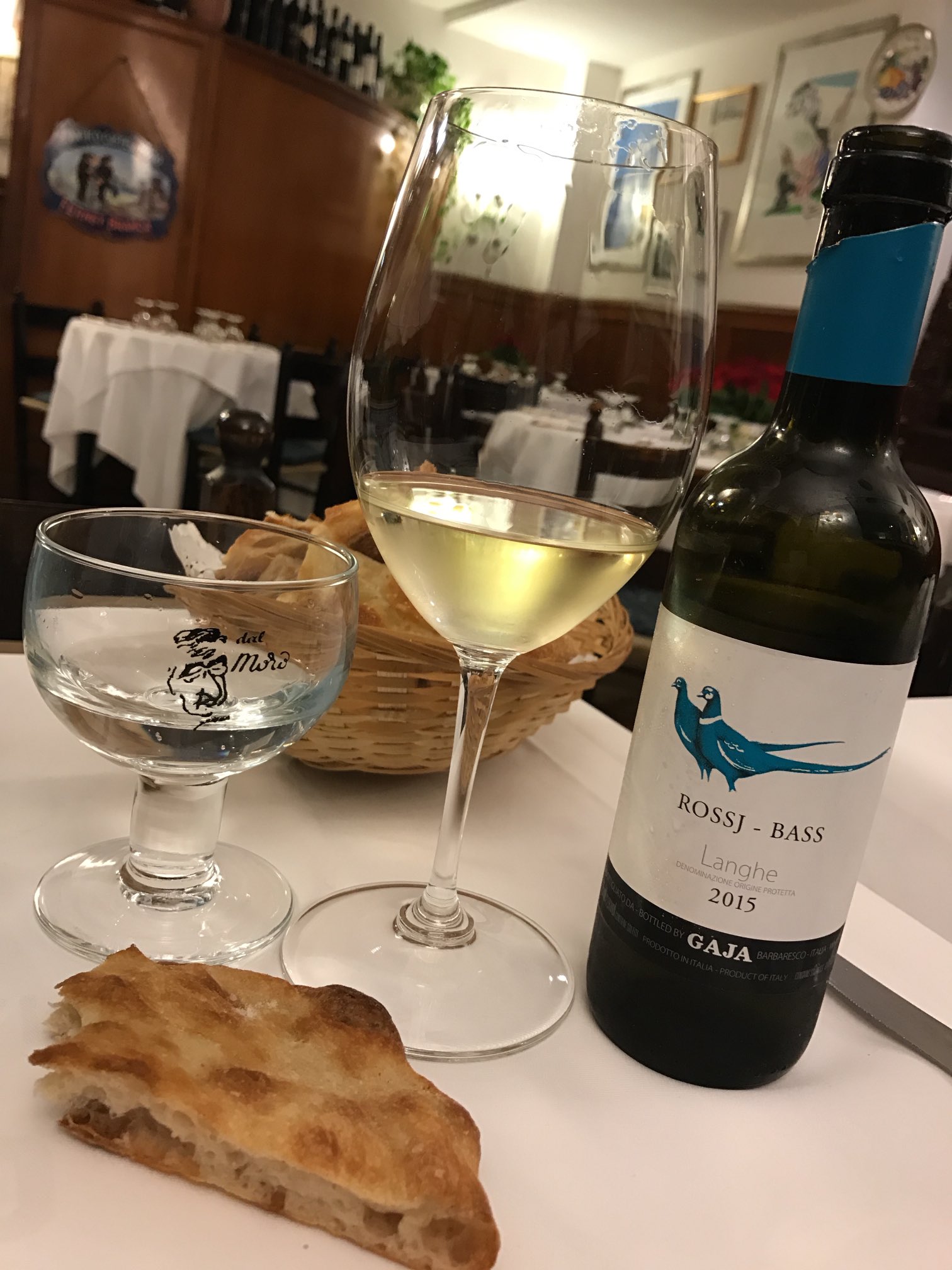

 (The Bernkasteler Doctor – the most famous vineyard in Germany)
(The Bernkasteler Doctor – the most famous vineyard in Germany) (Champagne: In victory you deserve it; in defeat you need it. – Napoleon)
(Champagne: In victory you deserve it; in defeat you need it. – Napoleon)




A man cannot be too serious about what he eats. – Confucius
I can’t stand people who aren’t serious about their meals. – Oscar Wilde
We’ve spent the past week quizzing friends (many of whom we’ve dined with over the past year) about how many restaurants they thought we had been to during the pandemic. Some guessed as few as 5; most hovered in the 20-30 range; while a few put the number at around 50.
It was amusing to point out to them how wrong they were.
Care to guess?
Consider this before you do: A popular notion now holds that you have to do something 10,000 times before you get really good at it — be it hitting a baseball, knitting, or playing chess. When it comes to eating out, I eclipsed that number twenty years ago. Now, it’s too many to count. Even in an off year, I accumulated restaurants like some people do bad habits.
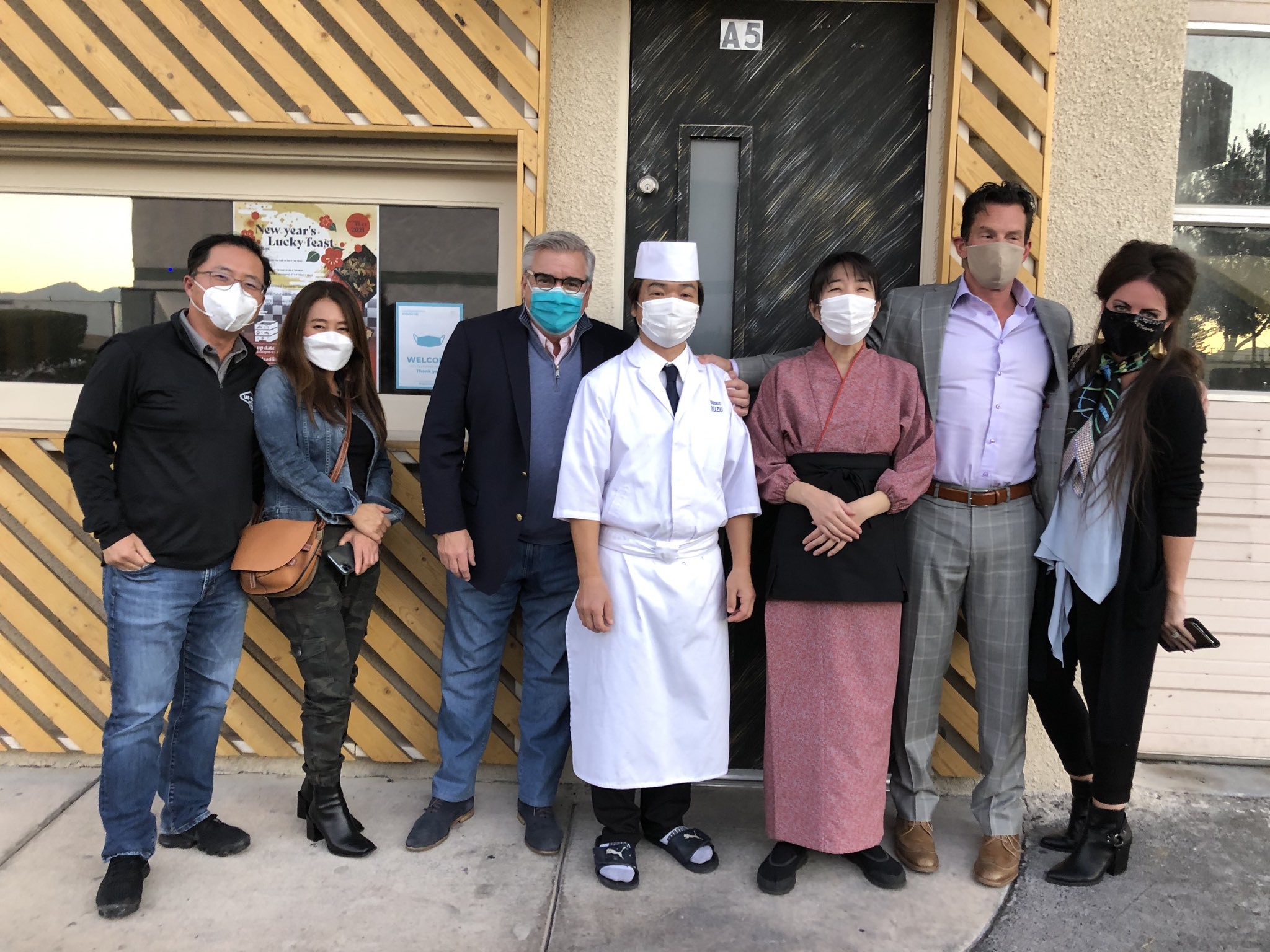
Yes, even in this down year (the understatement of the century), the number — according to my records (receipts, social media postings and such) — was almost 100 (96 to be precise), and I’m probably missing a few.
Many of them were visited more than once. Cipriani I probably went to 25 times; Esther’s Kitchen a dozen; Guy Savoy twice; and Kaiseki Yuzu at least 5. We finally got back to an old Mexican friend in the northeast (Los Molecajetes), discovered a great wine program in an old haunt (Grape Vine), and gained new-found respect for some superior Italian seafood (Costa di Mare).
We have mourned the death of our great frog ponds (Robuchon, Gagnaire), swelled with pride at the resilience of Chinatown, and marveled at the resurgence of downtown.
Through it all we’ve been battling the soul-crushing weight of America’s obsession with Covid. With that obsession has come wave after wave of regulations, each a cruel blow to small business owners, none more ravaged than the hospitality industry.
The irony of Covid hitting right when America’s participation in eating out was at an all time high is not lost on us — a “market correction” which was neither inevitable nor necessary. Restaurant-going was not a stock market/real estate bubble. It was an enjoyable human activity from which everyone profited.
And then we killed it, or at least let it be killed — ruining the lives of many in service of the few.
But the Curtas household couldn’t/wouldn’t let groupthink take over our lives. We certainly didn’t let it prevent us from supporting the restaurants of Las Vegas which we hold so dear.
I don’t bother with mediocrity anymore. I’ll leave exploration of the obscure to the intrepid, and of the absurd to Instagram influencers. What goes into my pie hole is the best food Las Vegas has to offer. So it has been for thirty years, and so it was over the past 12 months.
As usual, all places are randomly listed and come highly recommended unless otherwise noted. Our restaurant bills this year would choke a horse, but was money well spent and I’m proud to have spent it. You should consider parting with some of yours at one of these as soon as possible:
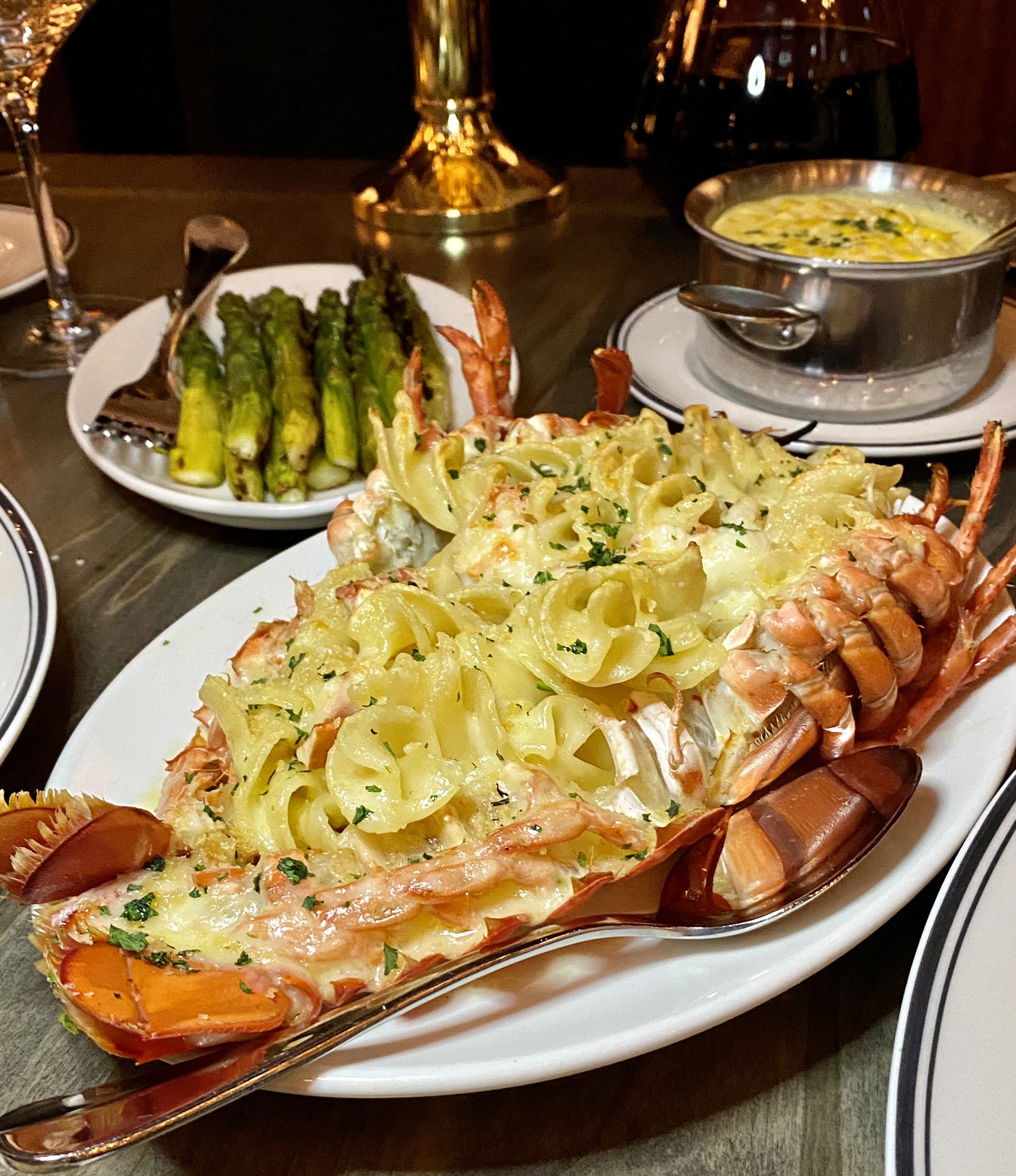
THE LIST 2020
 (Esther’s is re-intenting itself)
(Esther’s is re-intenting itself)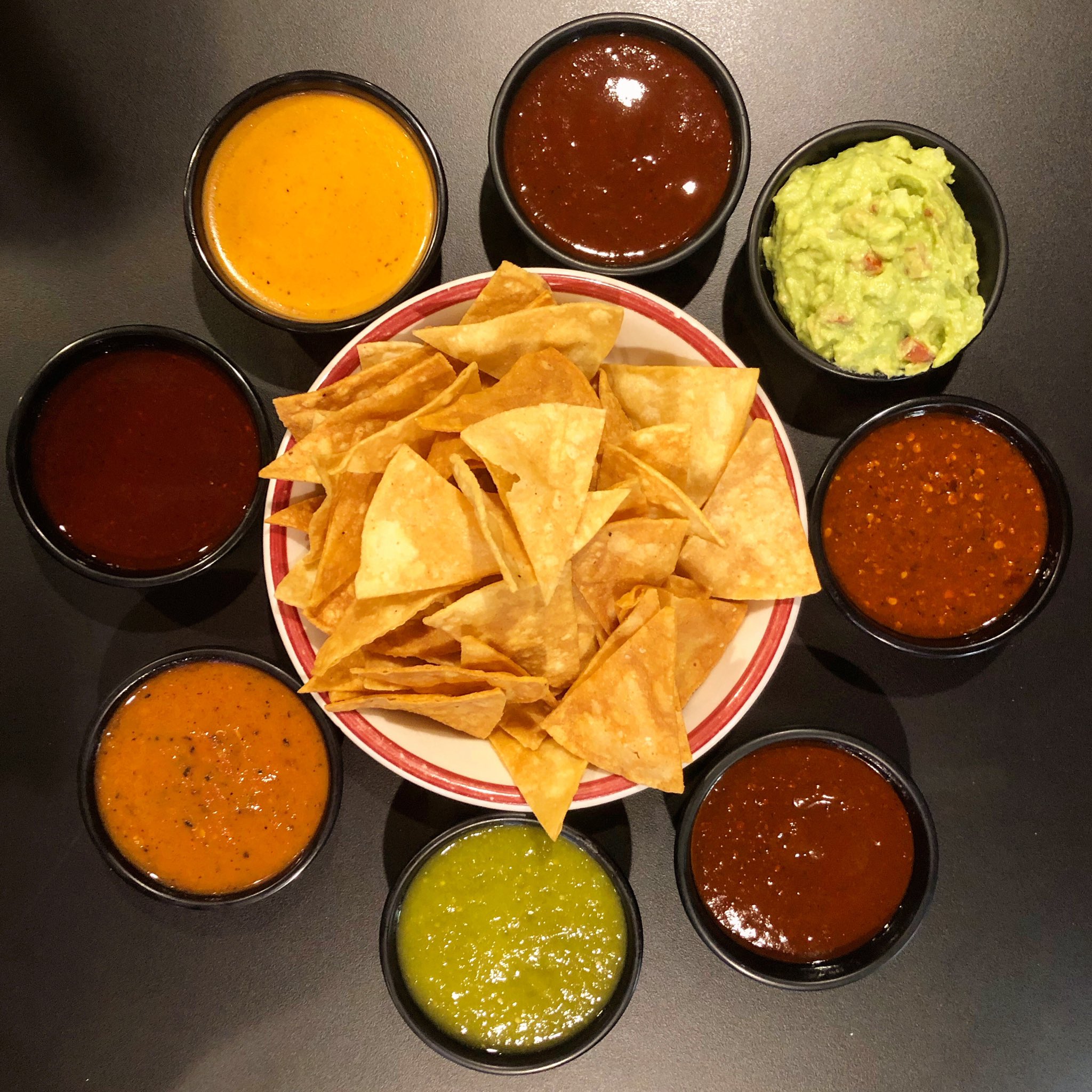 (Chip chip hooray! For Sin Fronteras salsas!)
(Chip chip hooray! For Sin Fronteras salsas!)
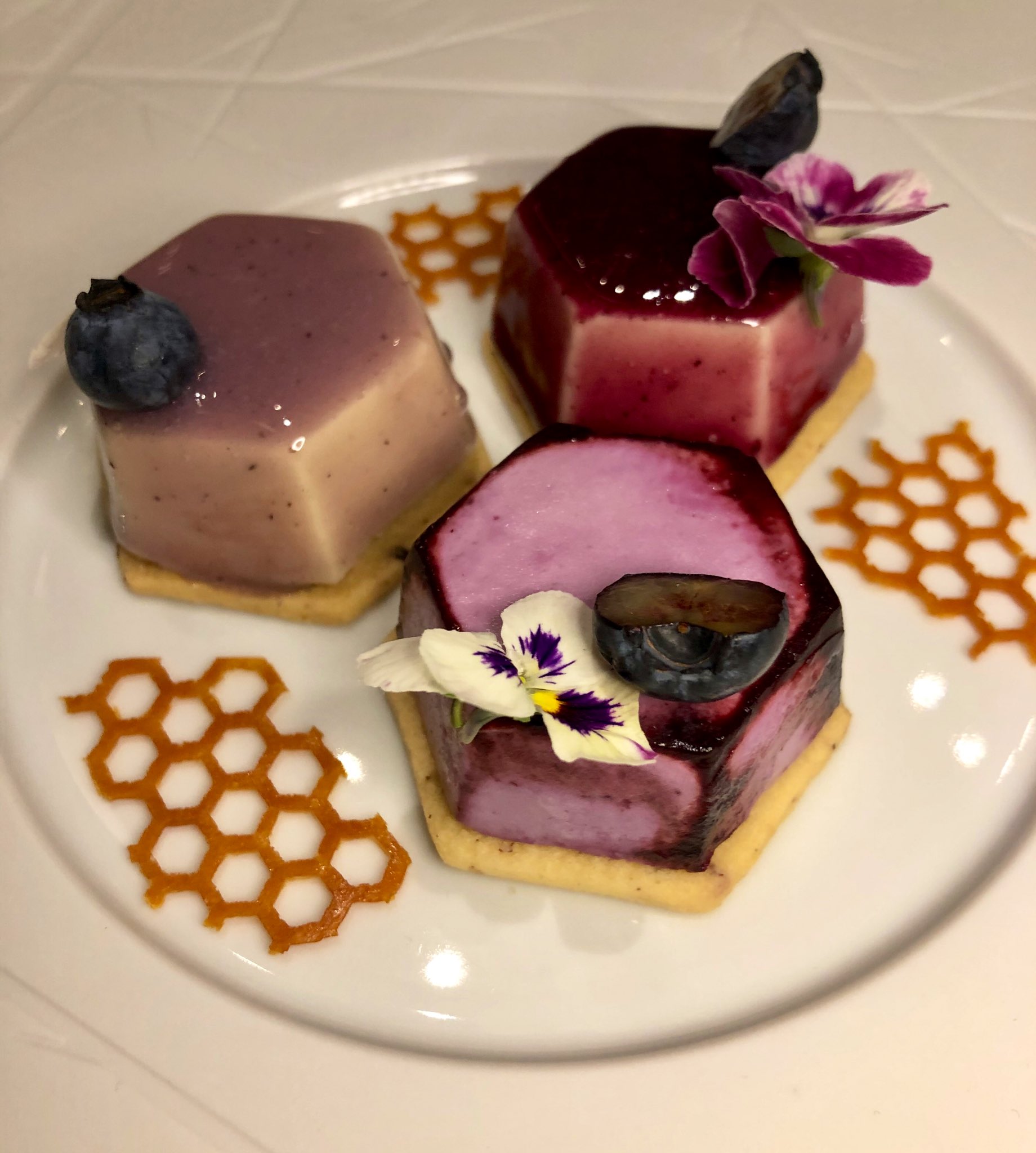 (“Blueberries” at Guy Savoy)
(“Blueberries” at Guy Savoy)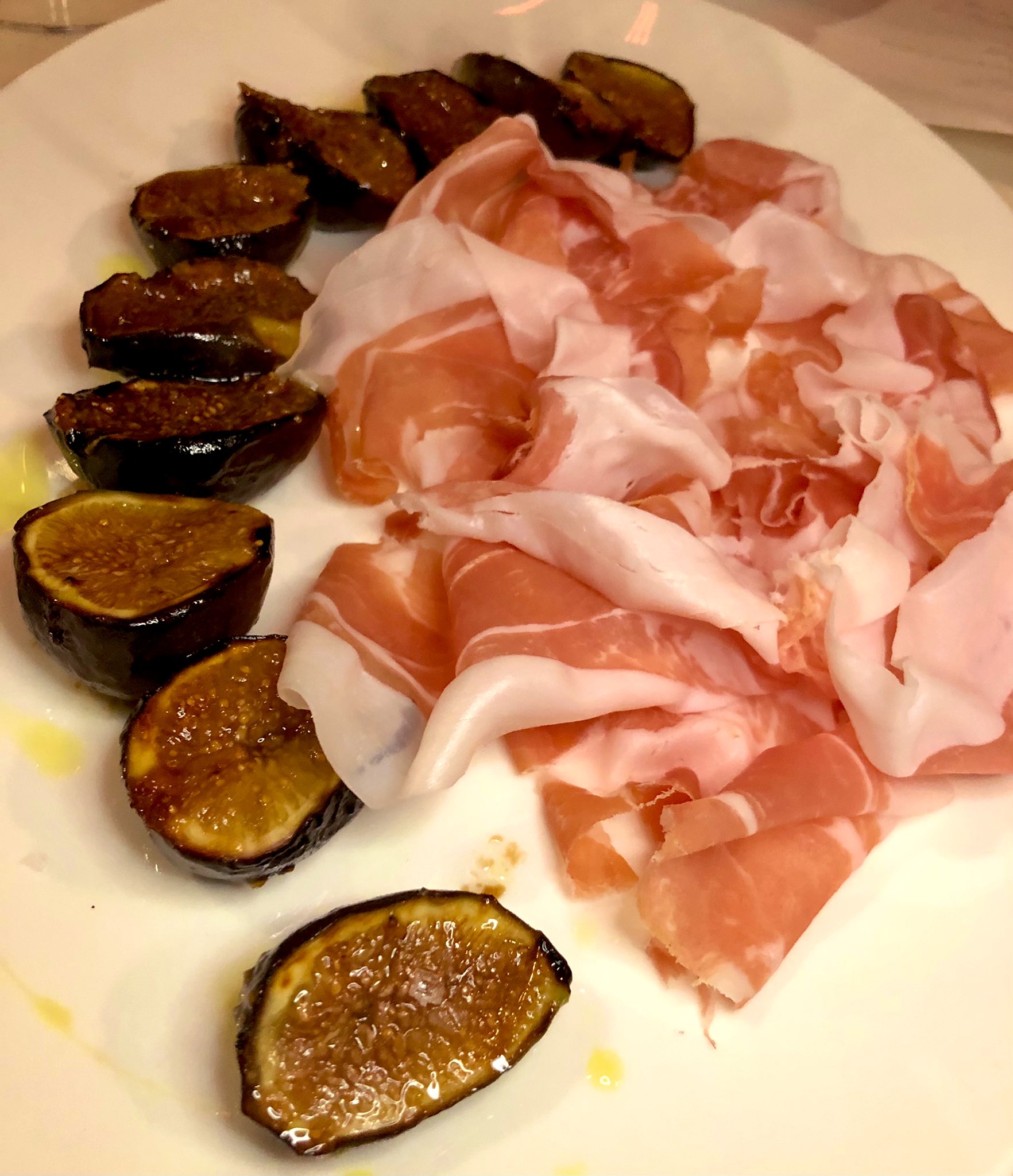 (Prosciutto & figs at Osteria Fiorella)
(Prosciutto & figs at Osteria Fiorella)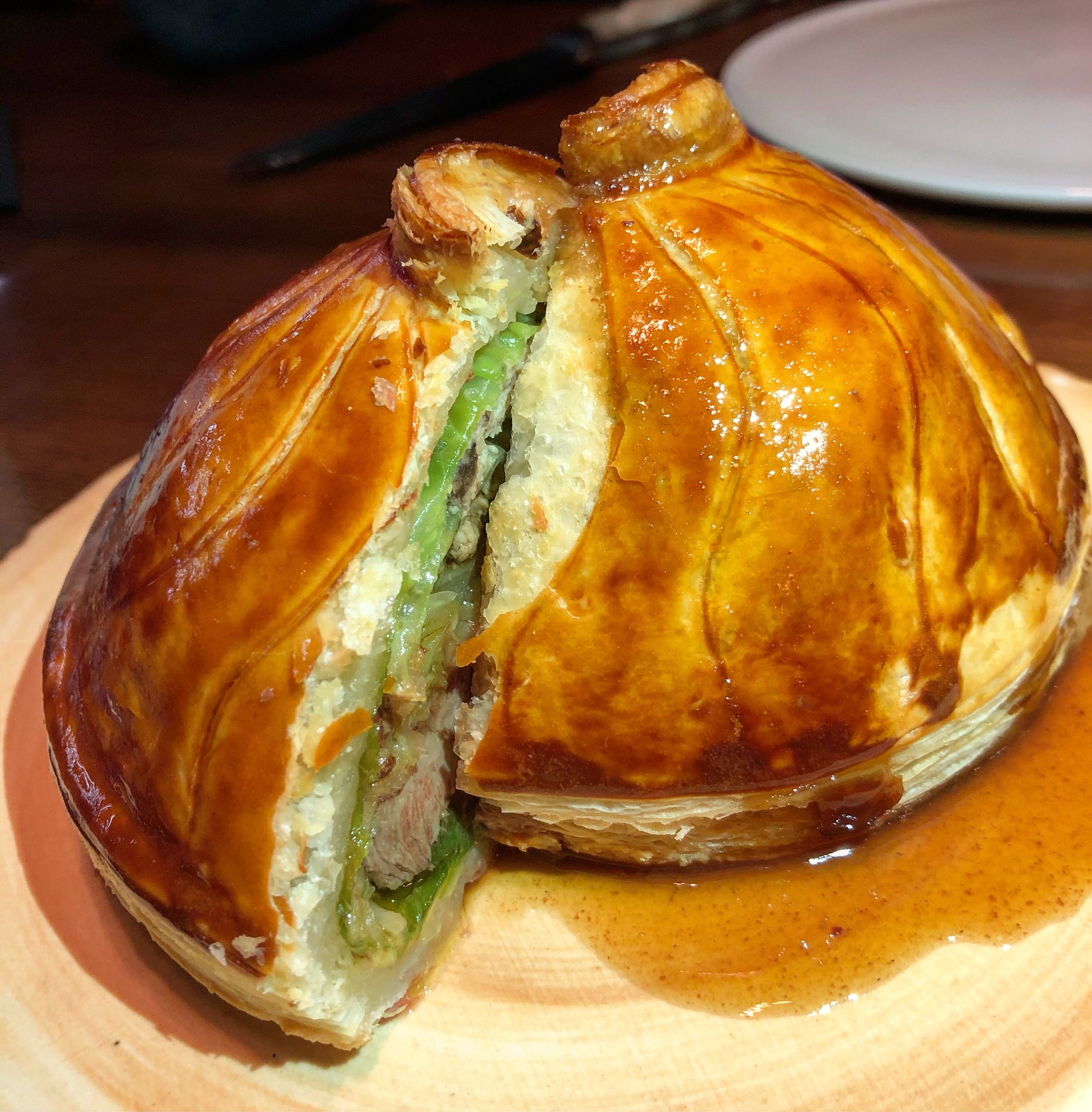 (Pithivier at Partage)
(Pithivier at Partage) (Dat sum dim sum)
(Dat sum dim sum)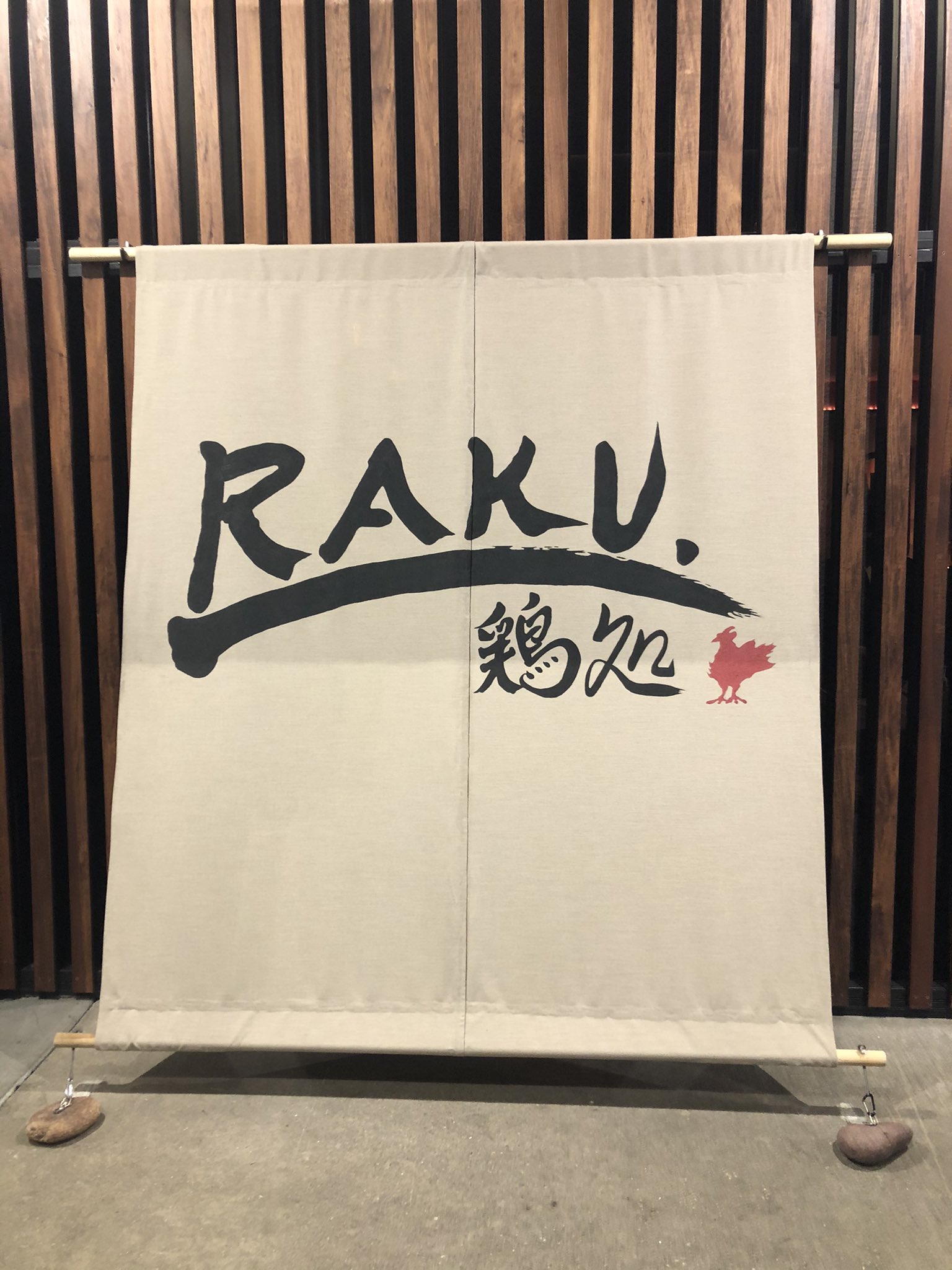
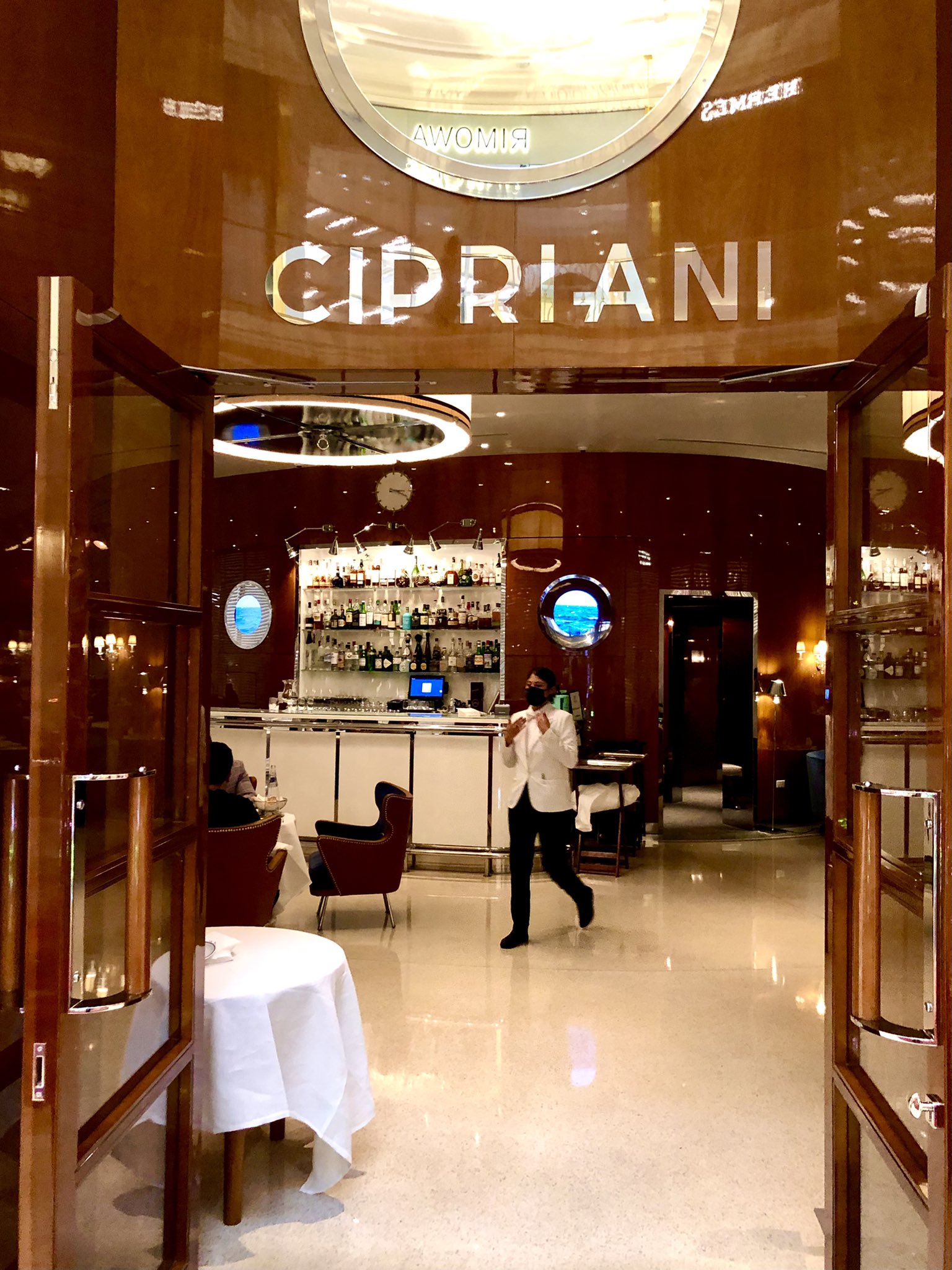
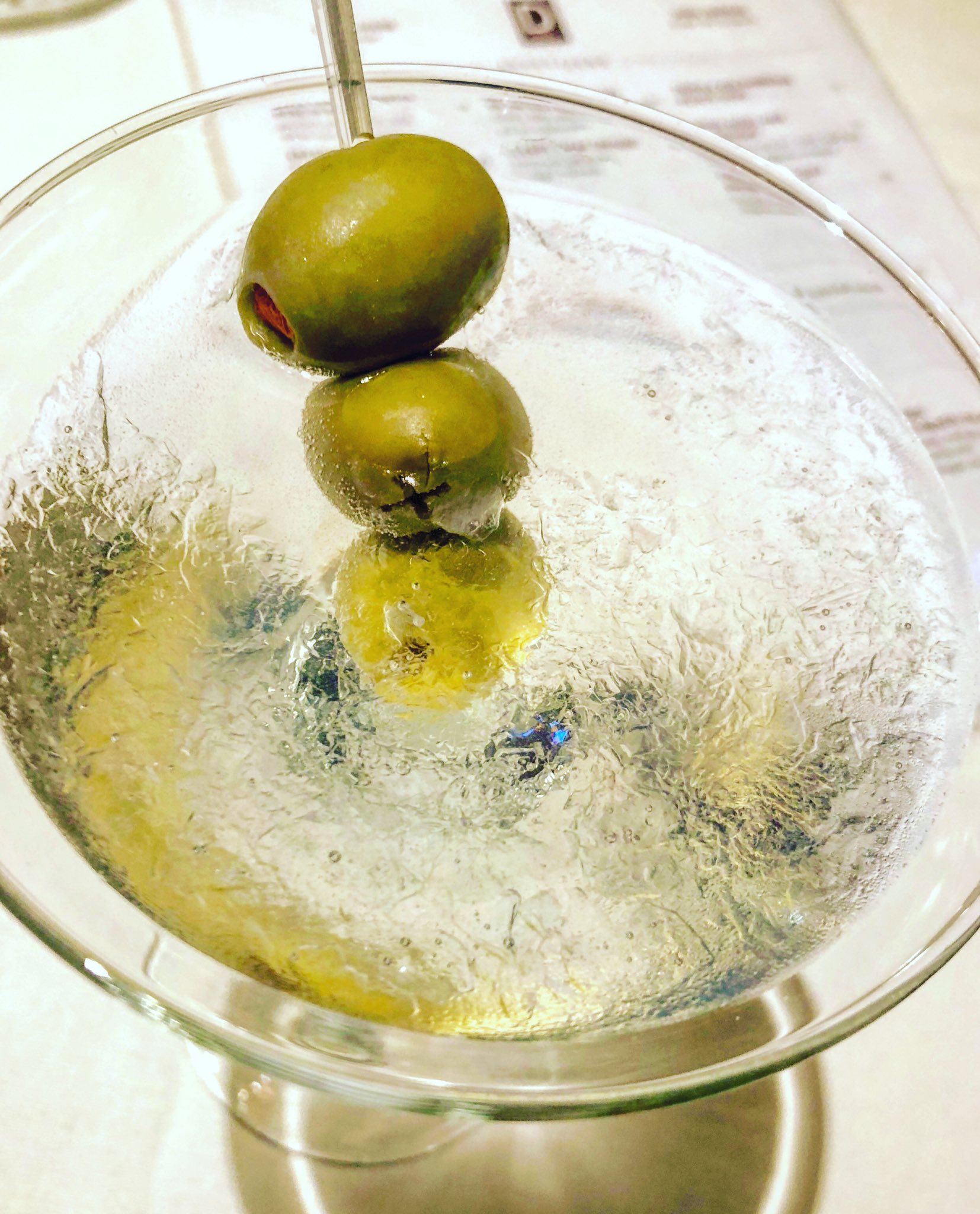 (2020 drove us to drink…a lot)
(2020 drove us to drink…a lot)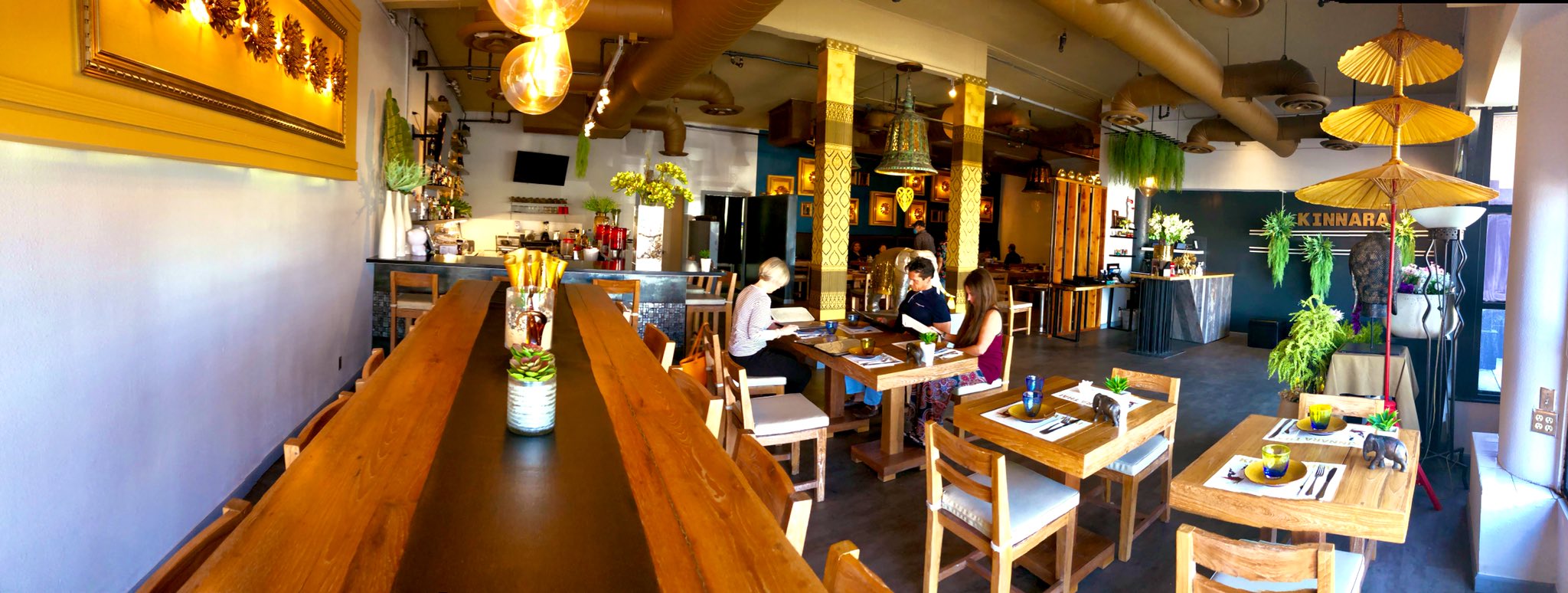 (Kinnara Thai)
(Kinnara Thai)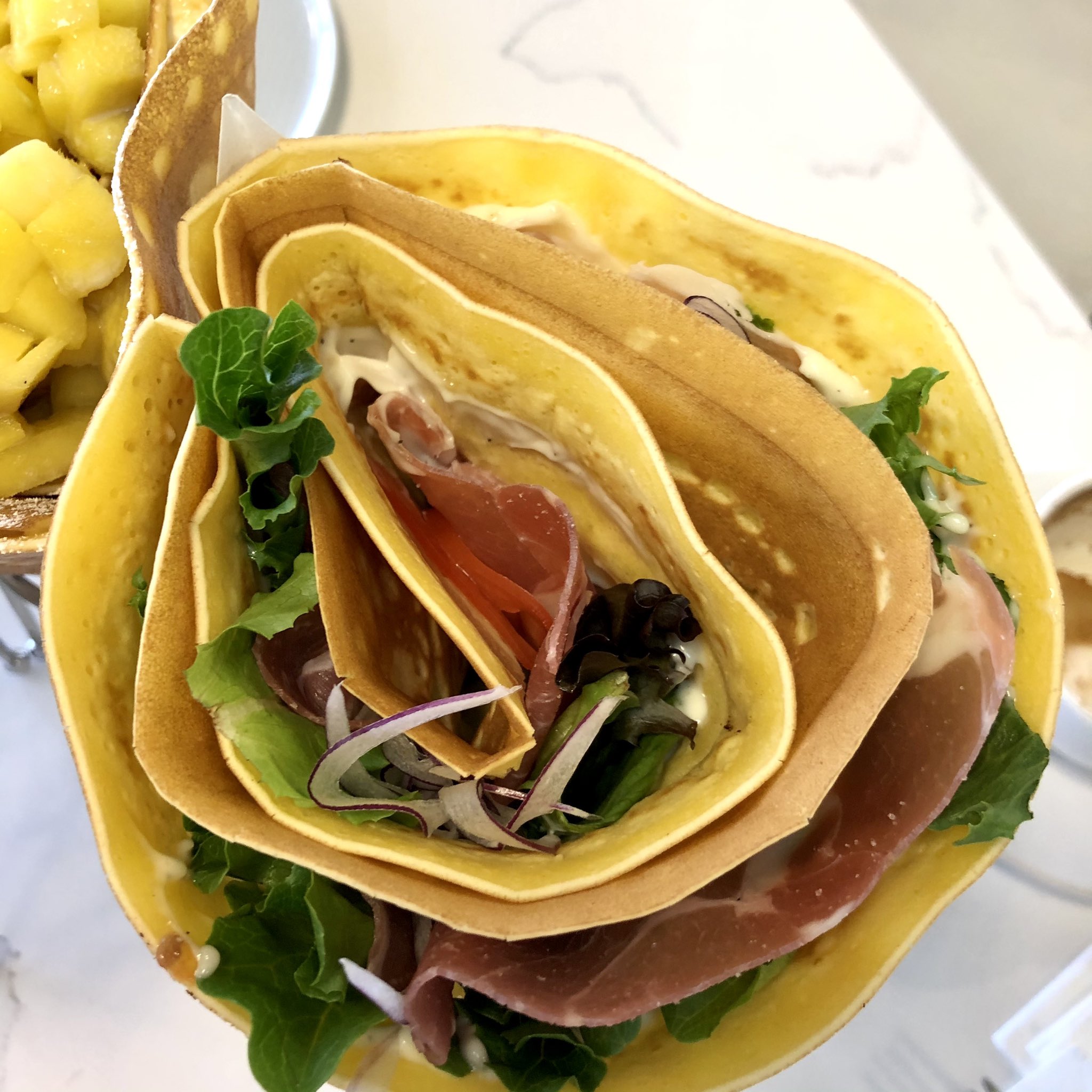 (Roll with it)
(Roll with it) (A happy Chutima clan means a well-fed Las Vegas)
(A happy Chutima clan means a well-fed Las Vegas)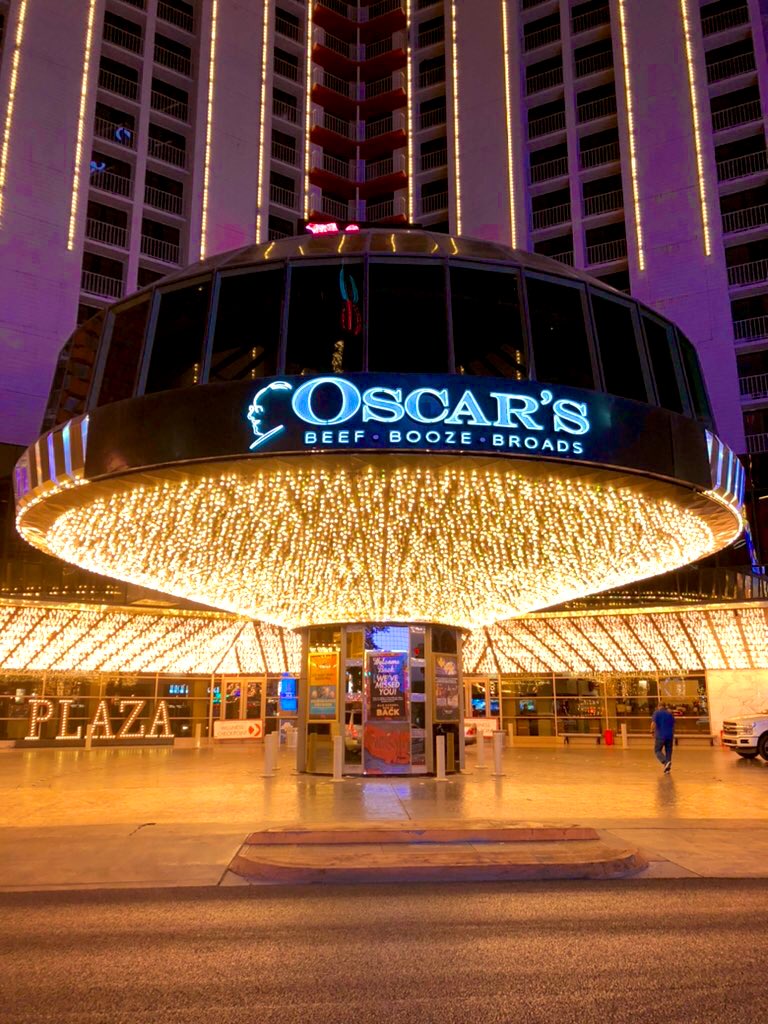
Also Visited This Year but Closed for Good
Cucina by Wolfgang Puck
Santos Guisdados Tacos
Mordeo Wine Bar
Flock & Fowl
Hall of Shame
Eiffel Tower – went here on my birthday. Two bites in I regretted it. Never again, even if it reopens.
Mon Ami Gabi – when management will treat yours truly as a pigeon to be plucked, you know they have no shame. “Keep your hand on your wallet,” as my dad used to say. You have been warned.
Final one to visit before the end of 2020…
97. Main Street Provisions – looking forward to trying it as soon as their shakedown cruise ends.
Someone recently asked me why I go to so many restaurants. I answered by saying I’ve become the (un)official, upaid publicist for about 60 of them.
It is a role I will gladly embrace until we retire all this restricted dining nonsense…and I can get back to the role I’m best know for: being a lovable curmudgeon.

The destiny of nations depends on how they nourish themselves. – Jean Anthelme Brillat-Savarin
FRANCE
As clichés go, the one about Americans falling in love with France is an old one. It probably started around the time they helped us win our independence from England, gained more currency when noted Francophile Thomas Jefferson was in the White House, and gathered full steam when the literary lions of the Roaring 20s (Hemingway, Fitzgerald, Stein, et al) took France to their bosom and spent most of the mid-20th Century living there and writing about it.
When I began traveling there in the early 1990s, France was still the ne plus ultra of dining. The rise of Spain in the early aughts might have eclipsed it for a while (as did the mercifully short New Nordic fad), but the French gastronomic meal (an official UNESCO cultural heritage icon) is still the standard by which all western dining is judged.
More accurately, the progression of how we eat our formal meals — from light to heavy, fish to meat, soup to nuts — is based upon culinary rules set down hundreds of years ago. They’ve lasted this long because they make sense — both from a taste and digestion standpoint — and because:
The gastronomic meal emphasizes togetherness, the pleasure of taste, and the balance between human beings and the products of nature. Important elements include the careful selection of dishes from a constantly growing repertoire of recipes; the purchase of good, preferably local products whose flavours go well together; the pairing of food with wine; the setting of a beautiful table; and specific actions during consumption, such as smelling and tasting items at the table. The gastronomic meal should respect a fixed structure, commencing with an apéritif (drinks before the meal) and ending with liqueurs, containing in between at least four successive courses, namely a starter, fish and/or meat with vegetables, cheese and dessert. Individuals called gastronomes who possess deep knowledge of the tradition and preserve its memory watch over the living practice of the rites, thus contributing to their oral and/or written transmission, in particular to younger generations.
In other words, there’s a reason you don’t start dinner with ice cream and steak, proceed to chocolate cake, and then end with a hunk of sautéed skate, and those reasons were first codified by the French when native Americans were still throwing rocks at each other.
FRENCH FOOD
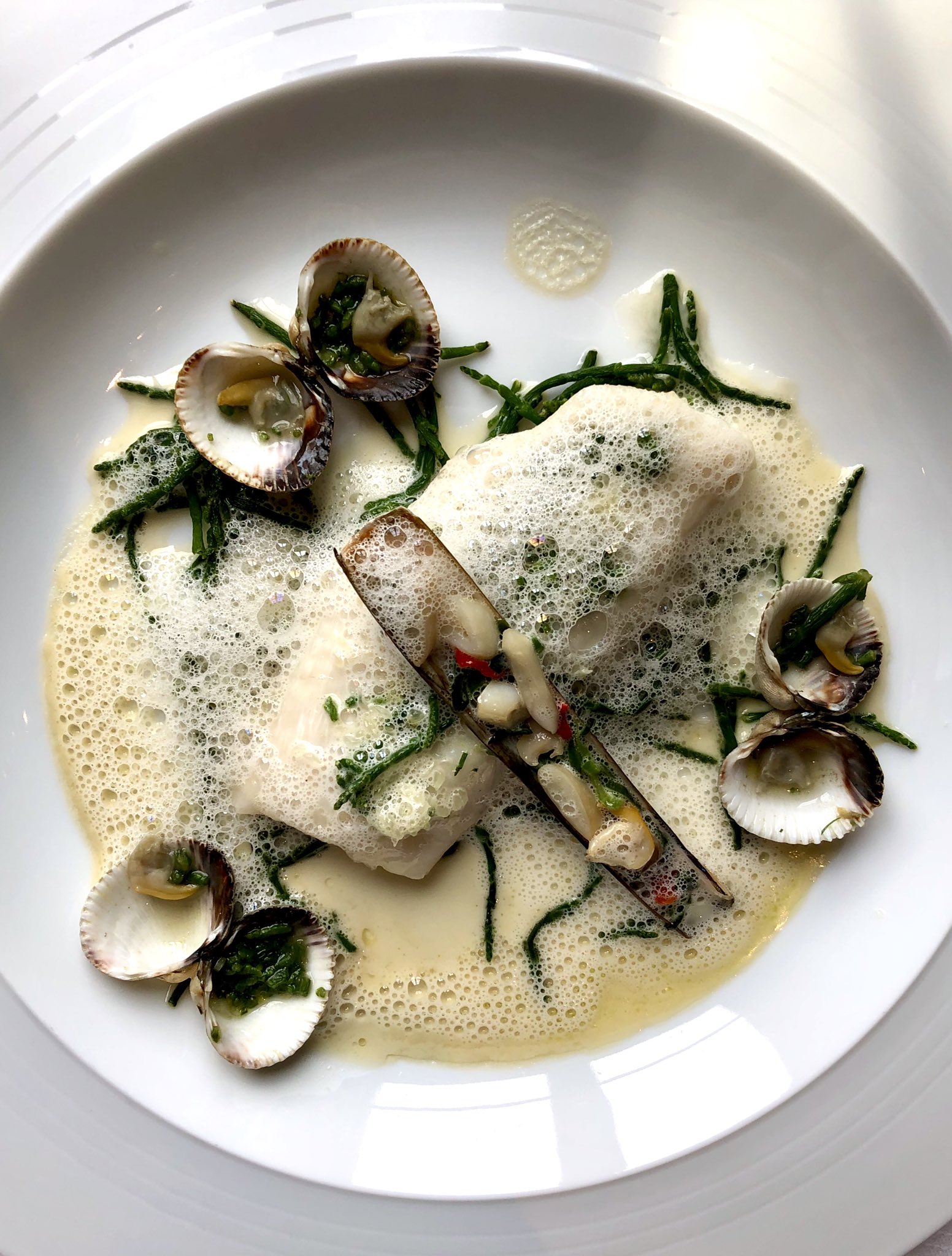
From a food writing perspective, that same period (deep into 1990s) was dominated by the French. From M.F.K. Fisher to Richard Olney to Elizabeth David to Julia Child, if you were “into food” back then, you were into France. Couldn’t help it. Whereas these days the food media goes a ga-ga over obscure Asian soups and South African street food, then it was pot au feu or bust.
Fifteen years before I actually went there, I immersed myself in French cooking. Pierre Franey, Julia Child, Craig Claiborne and Jacques Pepin were my guides (as were two subscriptions to Gourmet and Bon Appétit magazines), and I soaked up information like a baguette in bouillabaisse.
Reading about French food is nothing like tasting it, though, and tasting it in France is incomparable to eating it anywhere else. This I had to learn the expensive way.
French food is about technique — French chefs are drilled with military precision into masters of slicing, dicing, braising and plating. Their repertoire is vast and their training so thorough they can break down chicken or fish with the ease of a blindfolded Marine dismantling his rifle.
The French spend more time thinking about steaming a bundle of asparagus than an Italian thinks about vegetables his entire life. And when it comes to sauces, no country can touch them. A Greek’s idea of a sauce is squeezing a lemon over something; the Japanese don’t have them at all. A Gaulois will massage a demi-glace for hours.
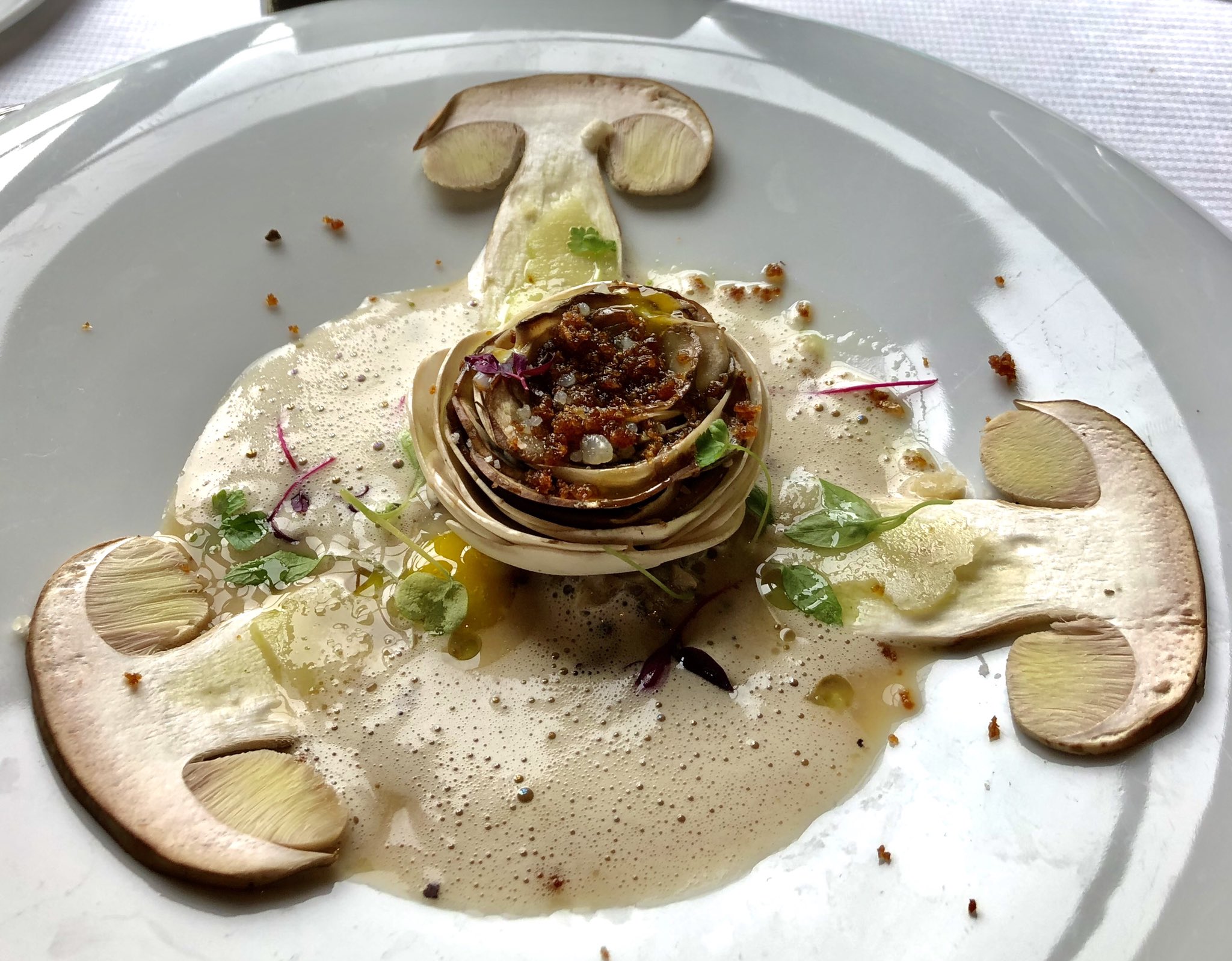
French food gets a bad rap because it’s complicated — and it is — in the same way all worthwhile things are. Do you refuse to listen to classical music because too many instruments are involved? (Too many notes!) Do we avoid art museums because studying all those pictures hurts our eyes? Should we disdain books because they overload us with information? Criticizing French food for being multi-layered, richly-textured, and densely fascinating is like knocking Mozart because you can’t dance to him. The old triticism about La Cuisine Française being too heavy — another insult tossed about by those challenged by anything beyond a meatball — hasn’t been true since 1972.
Modern French cuisine really began with Escoffier over a century ago. It was further lightened up by the nouvelle cuisine revolution of the 1970s — spearheaded by Paul Bocuse, Jean Troigros and others — and settled into post-modern form (if you want to label it thus) around the time Guy Savoy received his second Michelin star (back when they actually meant something) in 1985. Thirty-five years later, he is still cooking some of the best food in Paris…which means some of the best food in the world.
French restaurants continue to dominate any list of the world’s best, and at the time of the Covid shutdowns, Savoy was riding high atop (or near the top) of many of them.
Having spent forty years with this food, we don’t place a lot of stock in the opinion of others. Nor do we cotton to the idea that there a “best” restaurant anymore than there is a best concert, movie, or book. The “best” of anything really can’t be measured unless a score or finish line is involved. At most what you have is a continuum of quality, and at the pinnacle (as with art, literature, and music) there is a level of excellence only a select few ever achieve. All the rest of us can do is sit back and enjoy the show.
The show at both Guy Savoys is always on the plate. No one and nothing seems to be trying too hard, and the effect is one of seamlessness — like a virtuoso who is barely breaking a sweat. As the audience, we soak it all up, blissfully unmindful of how much training and repetition goes into making it look so easy.
PARIS
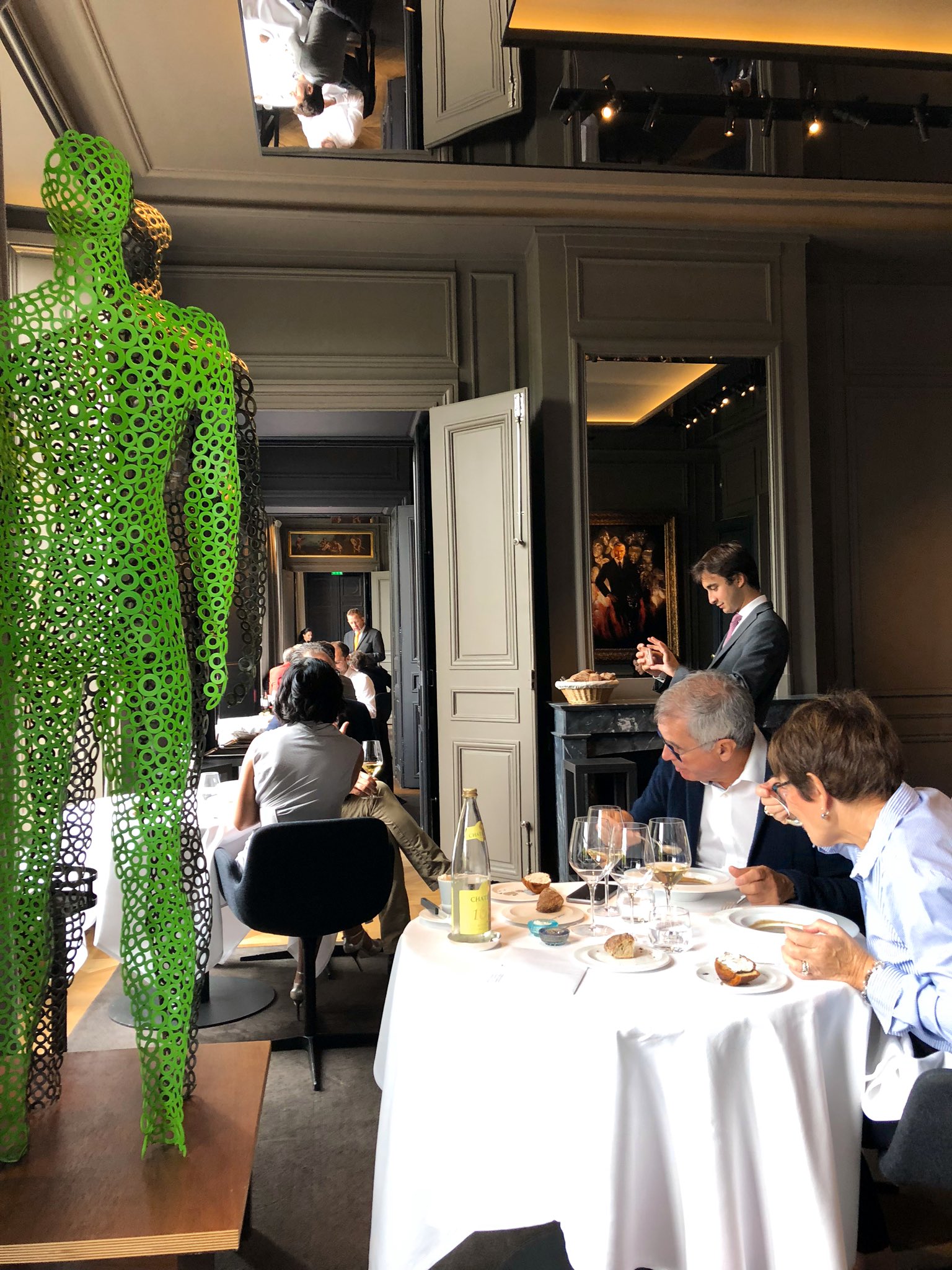
Invariably, whenever I update my review of Restaurant Guy Savoy, the question is asked: How does Vegas compare to Guy Savoy Paris? The most honest answer I can give is: GS Paris is great French food in France; RGS in America is sublime, but it’s an extension of the original that’s traveled 6,000 miles to get here. Nothing compares to eating a cuisine on its native soil, and nothing, not clam chowder, tacos or Lièvre à La Royale improves once it is transported to another locale for interpretation.
This is not to take away from our off-shoot (as you will read below), but only to point out that the edges are finer, the applications more punctilious, the snap and sizzle a tad sharper in Paris than anywhere not Paris. Eating French bread and French cheeses on French soil, or desserts too, for that matter, is the apotheosis of alimentation — black belt gastronomy at tariffs to match.
The French know these things and are very proud of their culinary heritage, but the old saw about French restaurants being snooty is as out of date as the guillotine. Yes, you have to have the coin to dine in these temples, but if you come with an open mind and a smile on your face, you will be charmed out of your socks. Everywhere in Paris, restaurant staffs are young, way better looking than waiters were in my day, multi-lingual, and cheerfully solicitous. Anyone who thinks French waiters are sour and condescending ought to visit Germany sometime.
You eat with your eyes, the old saying goes, and everything about Savoy’s new digs (since 2015) in Paris is an eyeful. As at Caesars Palace, the location is in an unlikely place: in this case through a courtyard of a large building that used to house the Paris Mint (Monnaie de Paris), up two massive flights of stairs, to an entrance desk leading to a warren of small rooms, each holding 3-4 tables looking out onto the Pont Neuf (Ninth/New Bridge).
The maze is impressive and effective — preparing you for your entry into the rarefied air of the French meal at its most refined. Four centuries of savoir faire distilled into edible things on a plate, served course by course, all so delicious they will send a happy shudder down your spine.

Many months after my last meal there, the details are still vivid: the petit pois with sweetbreads (above); woodsy cèpes — tasting of good clean earth — folded into a flower around an onion-bacon marmalade; San Pierre with the sweetest razor and baby clams; bread and butter to die for; a langoustine seemingly dropped from a Norway fijord onto to your plate; les fromages; les desserts…as I sit here writing it all comes flooding back, haunting me like Proust ruminating on a madeleine:
An exquisite pleasure had invaded my senses, but individual, detached, with no suggestion of its origin. And at once the vicissitudes of life had become indifferent to me, its disasters innocuous, its brevity illusory–this new sensation having had on me the effect which love has of filling me with a precious essence; or rather this essence was not in me, it was myself. I had ceased now to feel mediocre, accidental, mortal. Whence could it have come to me, this all-powerful joy?
All it took was a few crumbs from a tea cake for Marcel; with me, it is sitting down to a meal at Guy Savoy to make my mortality and the burdens of existence but a fleeting thought for a few hours. A great meal in a great city by a great chef will do that to you.
LAS VEGAS
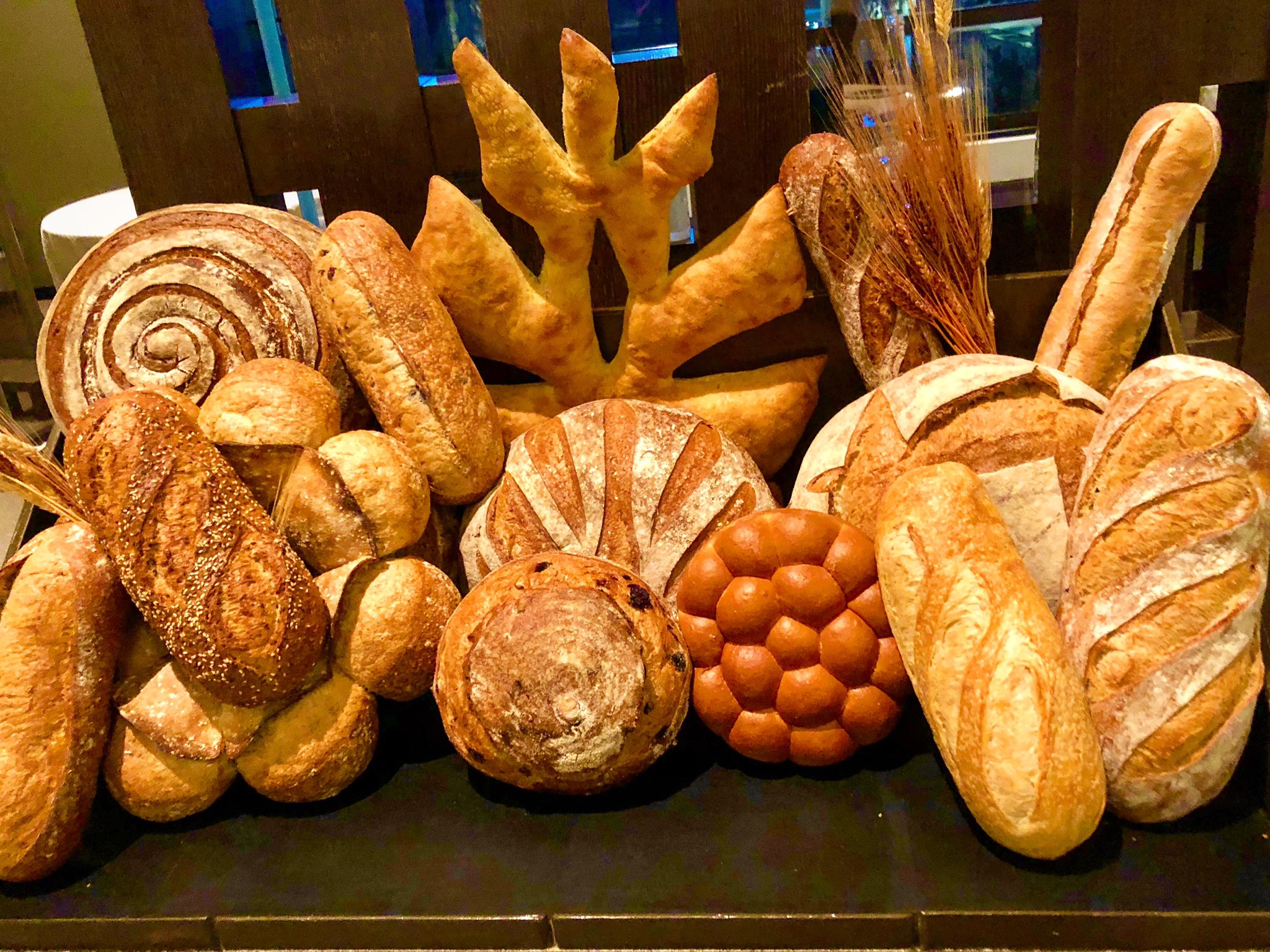
By the time Guy Savoy planted his flag in Las Vegas in May 2006, I had dived deeply into the restaurants of France multiple times. His was a name revered for his Michelin stars and his innovative take on the gustatory pleasures of France, but it was one I had missed amidst all my high-altitude eating.
In the early days of Restaurant Guy Savoy, I was like a kid in a French candy store, probably dining there ten times in its first two years, sometimes on my dime, sometime on his. As our dining scene cranked up, the competition got stiffer (Robuchon, Pierre Gagnaire, José Andrés, Mario Batali, Daniel Boulud to name a few) so my visits cooled, even if my ardor didn’t.
In normal times, we hit RGS about once a year. But these are anything but normal times, mon ami. August 2020 finds a double-sawbuck of Vegas hotels closed, and the open ones running at half-steam, if that.
Cruise any hotel on a mid-week evening and you’ll find only a handful of spots open. Even the mighty Bellagio is operating with Picasso, Le Cirque, Michael Mina (and others) closed until further notice.
The late, great Joël Robuchon’s twin destinations in the MGM (his namesake and L’Atelier de Joël Robuchon – the world’s classiest chain restaurant) are shuttered right now. Pierre Gagnaire looks to be kaput over at the Waldorf, and the Eiffel Tower is but an empty vessel these days.
What this means is Savoy has the territory all to himself, and those looking for a high-falutin’, once-in-a-lifetime, big deal French meal — the kind becoming rarer and rarer anywhere outside of France and a few cosmopolitan world capitals — have but one place left in Las Vegas, and that place is located up a flight of stairs in an obscure corner of Caesars Palace.
Repeat customers will notice how things have changed: the bar is closed, the menu is accessed through your phone, the bread is sliced and served from the kitchen, and the cheeses and desserts are lesser in number and covered with plastic lids (yummy). What hasn’t changed is the precise cooking and plating, the fork-dropping combinations of flavors in each dish, and the jaw-dropping amazement one feels at the beginning, middle and end of each dish.

Great French chefs (unlike the Japanese and Italians) are never content to leave well enough alone . They, like the Chinese, never saw an ingredient they didn’t think they could make taste like more of itself (see blueberries times three above). Unlike the wacky Spanish, they rely more on extracting an ingredient’s essence and less on culinary sleights of hand. What sets Savoy apart is his ability to simplify, amplify, and still astonish without ingenuity for its own sake.
You start your meal with an amuse of something tiny — ranging from the world’s miniest miniburger to an etoile (star)-shaped nugget of poached foie gras. You will, at first, think nothing of this trifle until you pop it in your mouth. It will be rich yet light, intriguing but beckoning you to want more. OMG you will say, either to yourself or to your companions, I could eat ten more of these. And so you could, and so has the amuse-bouche accomplished its job.

From then on, you can’t go wrong, no matter what you order. As per everything post-Covid, the menu has been truncated: only one seasonal tasting menu is offered ($355); a la carte sees five starters and six entrees are on the card and that’s it. Newbies with purpose, appetite and purse would do well to go whole hog, but mere mortals will find a shorter experience just as enchanting by sticking to three courses – which quickly become more like six once various treats are tossed your way by the kitchen. (Dessert always seems to be a three course affair, no matter what you order.)
It all starts with the bread (above). The point of French food at this level is that everything has a purpose, and bread is as elemental to the French as water and wine. Échiré butter (salted and un- always at the correct temperature) accompanies it and resistance to their charms will be futile. (This is no place for the gluten or lactose averse.) The whole point of the bread and butter being to transport you to French soil, and within two bites, you’re imagining yourself on the Champs-Elysée.
Those mini-bites of foie gras (along with another perfectly round, seared slab appearing in tiny truffle-d sandwich form) are another symbol of French food — representing classic cuisine both new and old. A larger portion can be ordered as an appetizer, seared and served on brioche, which gives a foie liver lover all they can handle.
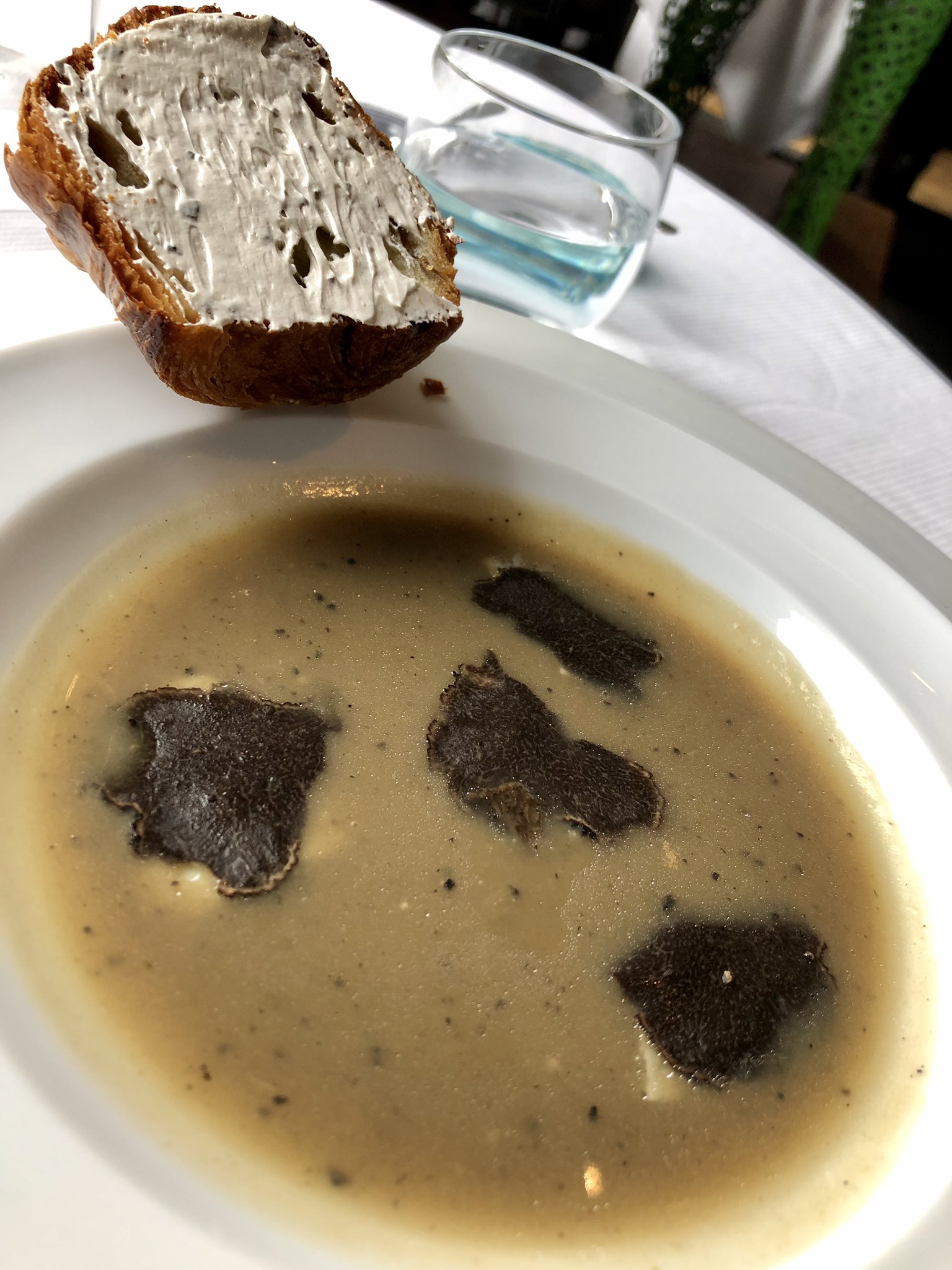
Savoy’s classic artichoke, truffle, Parmesan soup is always on the menu (even though its flavor profile fits cooler climes than a Las Vegas summer), but by now, its reputation precedes it, so no Savoy meal is without. Likewise “Colors of Caviar” — a multi-hued concoction of caviar in various guises (creamed, naked, vinaigrette) layered in a small glass with a green beans, is a wonder of tastes, textures and temperatures in a compact vessel that, by all rights, shouldn’t be able to hold so much sumptousness in such a small space. Is it expensive? Yes ($90), but it also represents a level of delicacy very few kitchens in the world can match.
Savoy’s oyster trilogy is remarkable as well, even if they’re out of season. The shellfish are plump and fat and come bedecked with uni, caviar, and a citrus gelée. We could do without the uni (it’s a flavor bully who doesn’t always bring a lot to the party except brininess – something not in short supply with good oysters), but if you insist on ordering ‘ersters in summer, you will find no better.
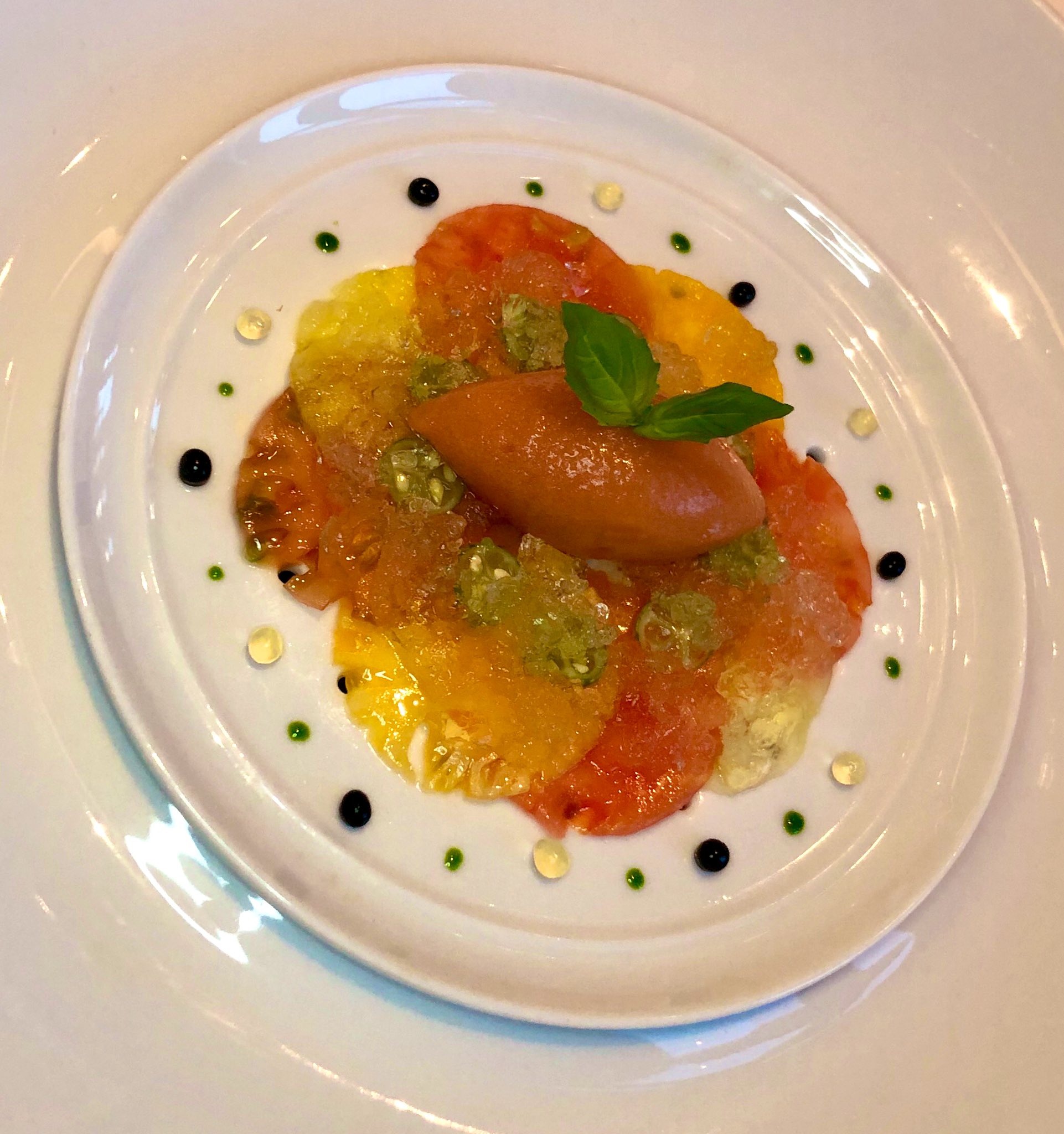
The cheapest appetizer on the menu right now ($65) is also the best: “Tomatoes All Around.” A play on another Savoy signature, “Peas All Around,” — a seasonal wonder presenting the love apple in three, distinct ways: as a carpaccio, giving way to a gazpacho (deceptively parked underneath the top plate), accompanied by a thick-flesh tomato compote of pure, aching, tomato sweetness.
At this level of dining, everything counts, everything on the plate has a purpose, every swirl, garnish and smudge is there for a reason. If Japanese food is the most inscrutable, and Italian the most crowd-pleasing, then French is the surely the most thoughtful. Little bites give way to bigger ones: lobster with coral sauce; veal chop and sweetbreads; roast duck in all its glory; John Dory (St. Pierre fish en Français) come sprinkled with crispy fish scales in a nice-sized pool of impeccable beurre blanc.
When Andy Hayler reviewed our Guy Savoy six years ago, he took issue with the quality of the produce (compared to Paris), While there’s no denying the superiority of some European products, I’ve never found the fruits and veggies here to be lacking; where I’ve had some (minor) quibbles has been with the fish. Las Vegas, no matter how good the air freight, can’t compete with Paris for the absolute freshness and variety of French oysters or cold water European seafood…and absolute freshness is everything when considering fish. Just ask François Vatel.
Not sure if chicken has ever appeared on this menu, but we must concede to French authority there as well.
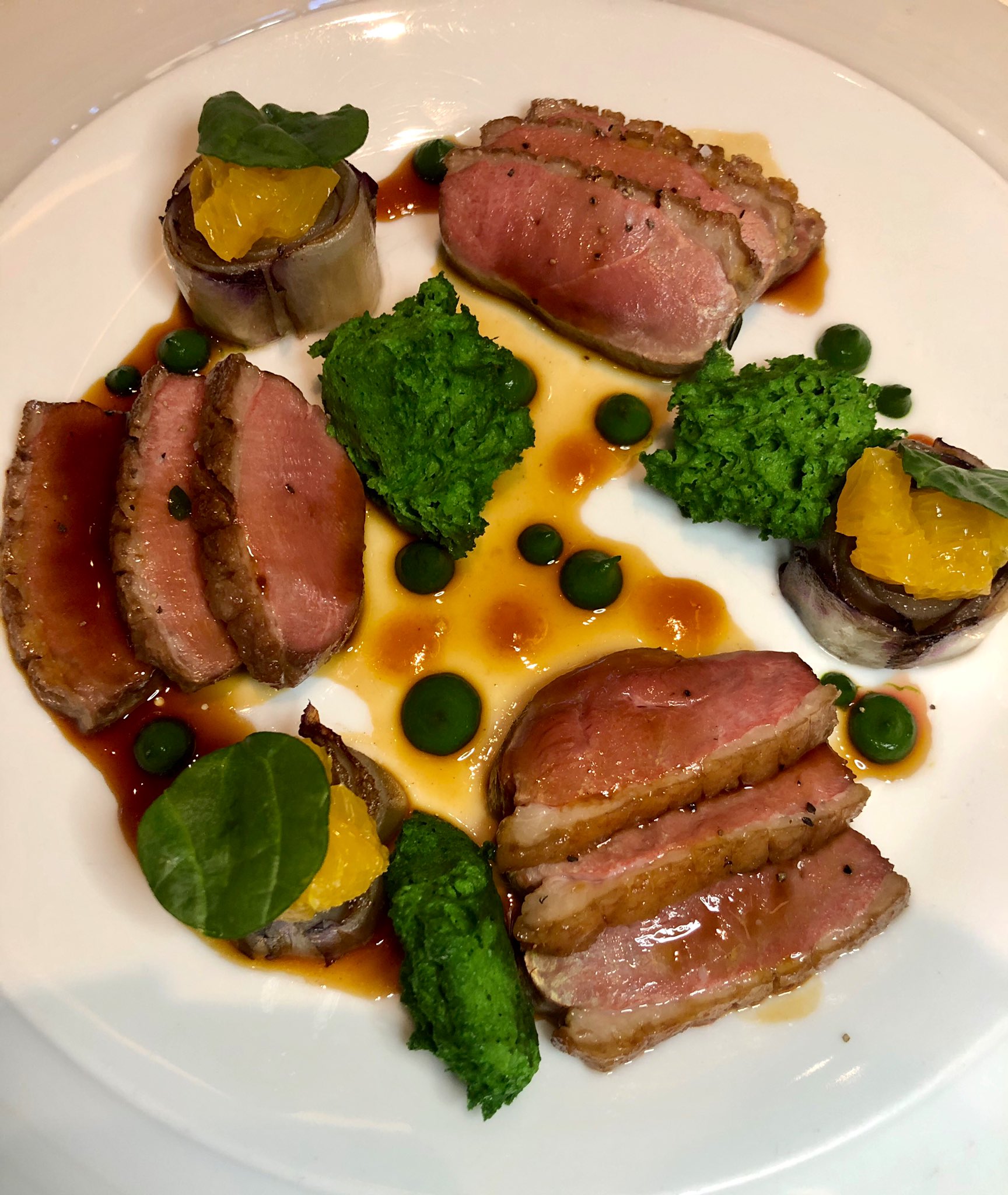
Savoy himself has told me he prefers American beef, so we will brook no debate with Hayler or anyone else about the quality of the major proteins here (including veal and that roast duck). All compete on equal terms with anything Paris can throw at you.
Chef Nicolas Costagliola runs the kitchen these days, and I have yet to find a misstep in his recitation of the Savoy catechism. No doubt some of these recipes are now so rote the cooks could do them in their sleep, but at this level, every detail must be attended to and it is. Here, the craftsmanship is so meticulous it is almost invisible, which, at this lofty perch in the fine dining universe, is how it should be.
Each of the entrees pushes way past a hundred dollars (most are in the $120 range), but, as we said, between the extra flourishes, the ingredients, and the flawlessness of the execution, you’re getting the best food money can buy. As restaurant food goes, this is some of the priciest on earth. But the best of anything is always expensive, and unlike cars, clothes, and real estate, non-oligarchs can experience these delights for themselves, on equal footing with high rollers and trust fund babies.

At these prices the service should never miss a beat…and it never does. As I’ve mentioned before, the wine list (now overseen by Andrew Hurley) remains an oenophile’s dream come true. The only things to fault are not the restaurant’s: the shortened menu, fewer desserts, cheeses, and the sense that you are eating in a restaurant operating with one hand tied behind its back.
But those hands are some of the most skilled in the business, and they’re right in our own backyard. Thomas Keller is closed; California is now being run by scared-of-their-shadow bureaucrats; New York is putting everyone on a sidewalk. Great restaurants are under siege, through no fault of their own. If and how they recover is anyone’s guess.
Guy Savoy is all we have left, ladies and gentlemen, the last Frenchman standing in America, if you will. Who knows what the future will bring, but if you are one of those intrepid types who seeks food so good it will make you weep, all you can do is applaud Caesars Palace for taking the bold move of reopening its most high-toned restaurant. From two recent visits, the gamble seems to be paying off, as most of the tables were full — telling us that even in this messed-up world, there are those who still seek the best when it is offered to them.
And make no mistake, Guy Savoy is the best. To completely contradict myself: Restaurant Guy Savoy is certainly the best restaurant in Las Vegas right now, and for the foreseeable future, it might be the best one in America.
My last two meals at Restaurant Guy Savoy in Las Vegas, cost $1,000 and $455 (for two). (The more expensive one was 50% wine.) My last meal at Guy Savoy Paris was comped; I left a 100E tip.
